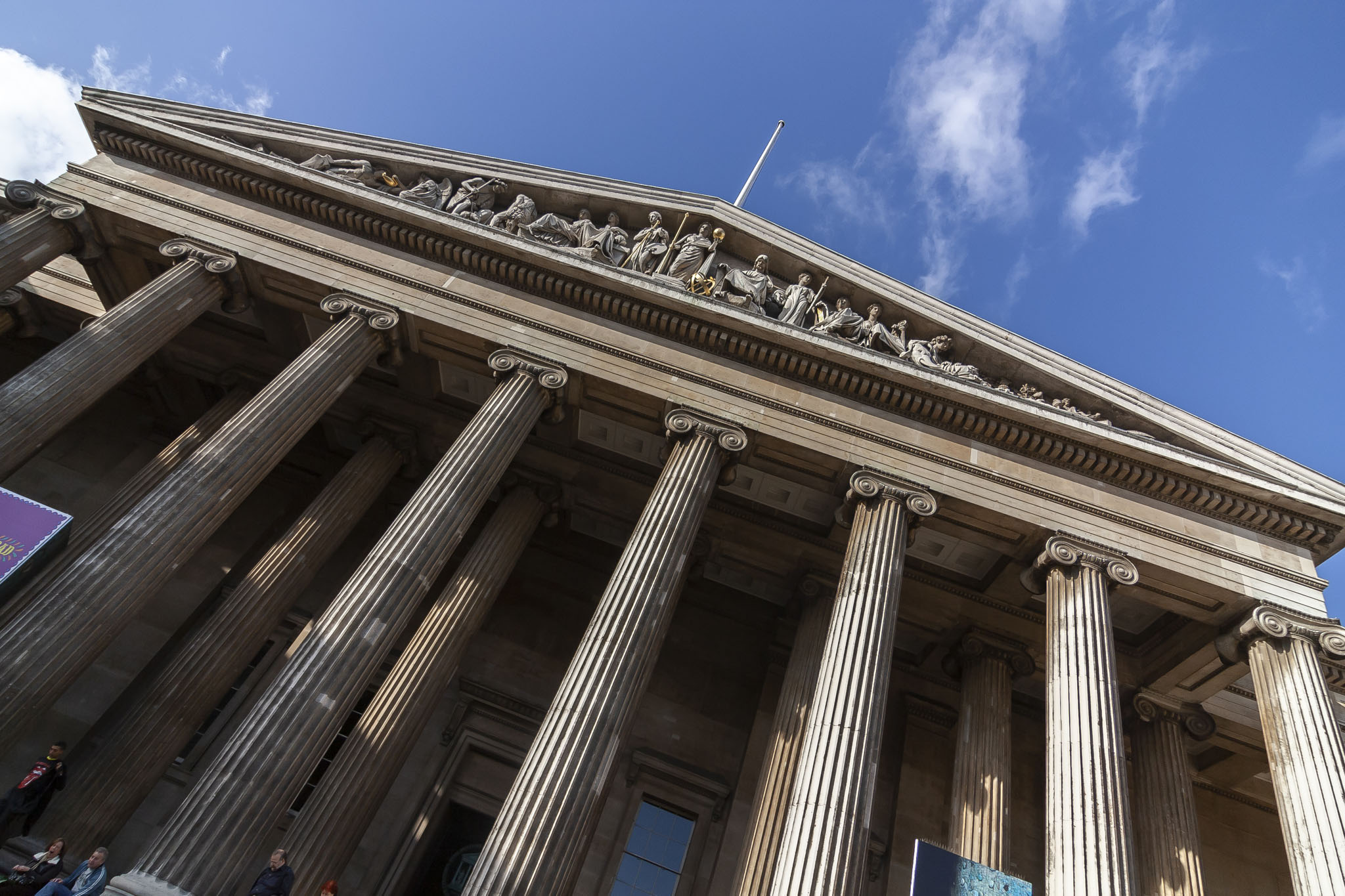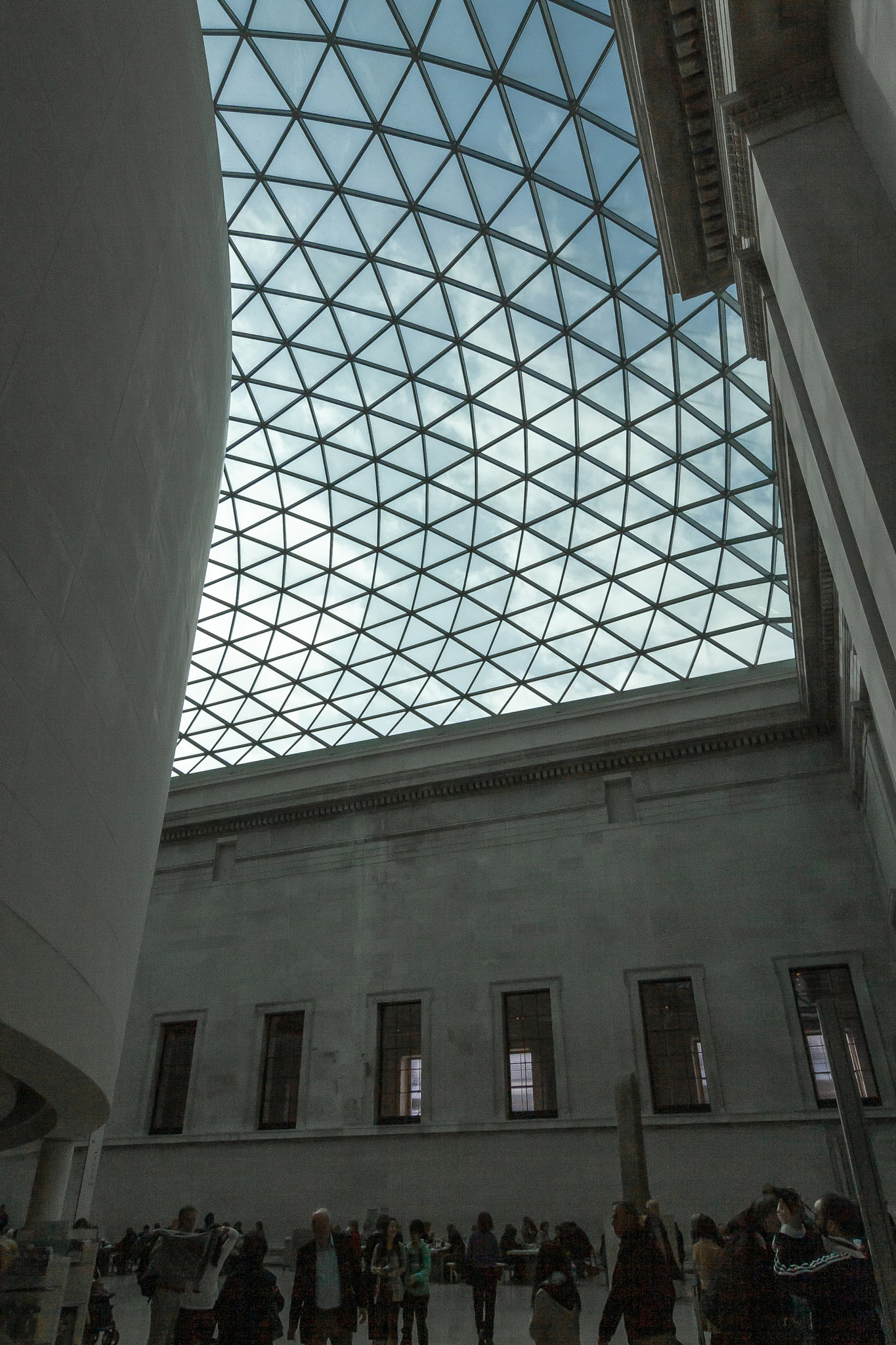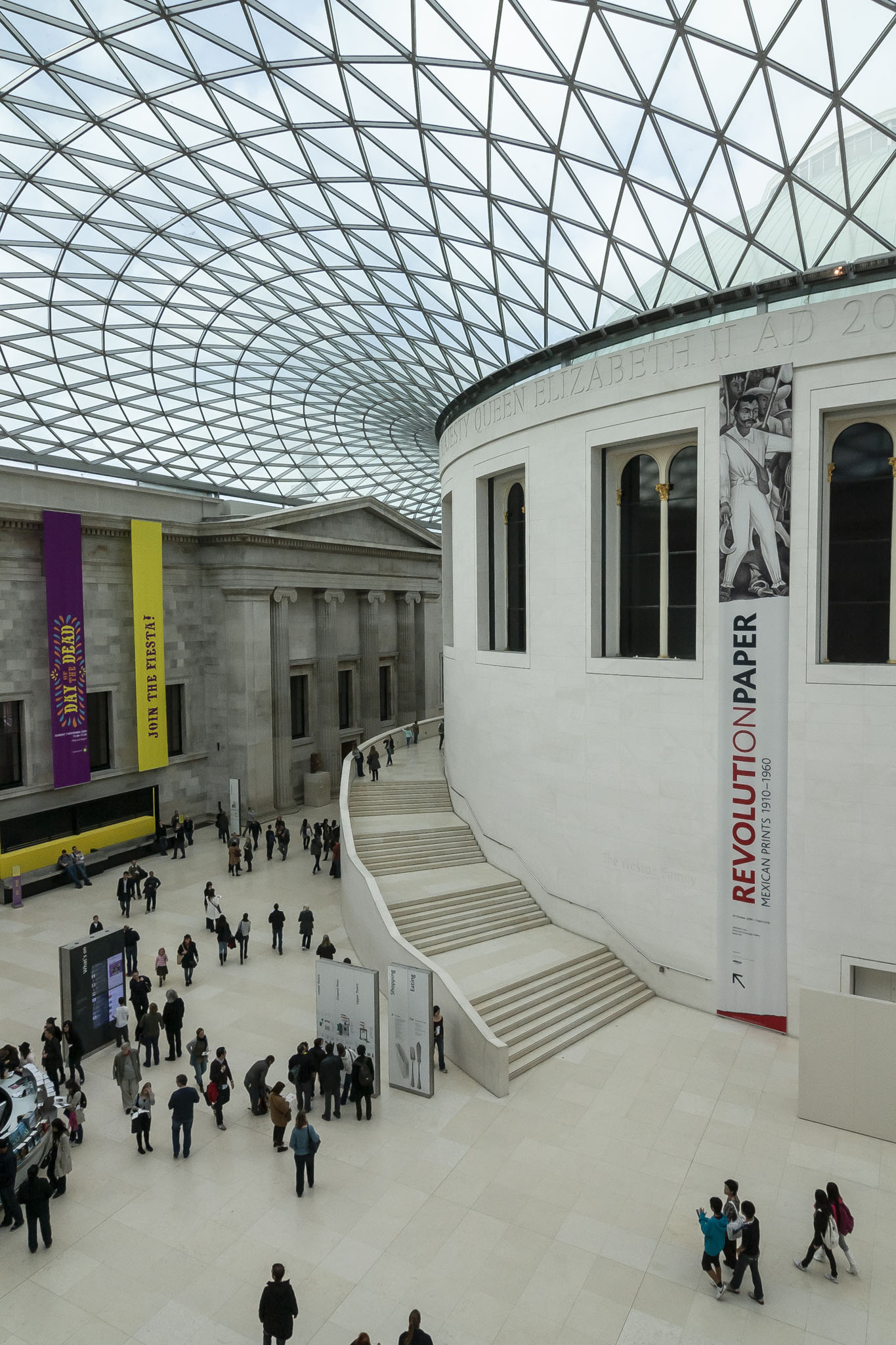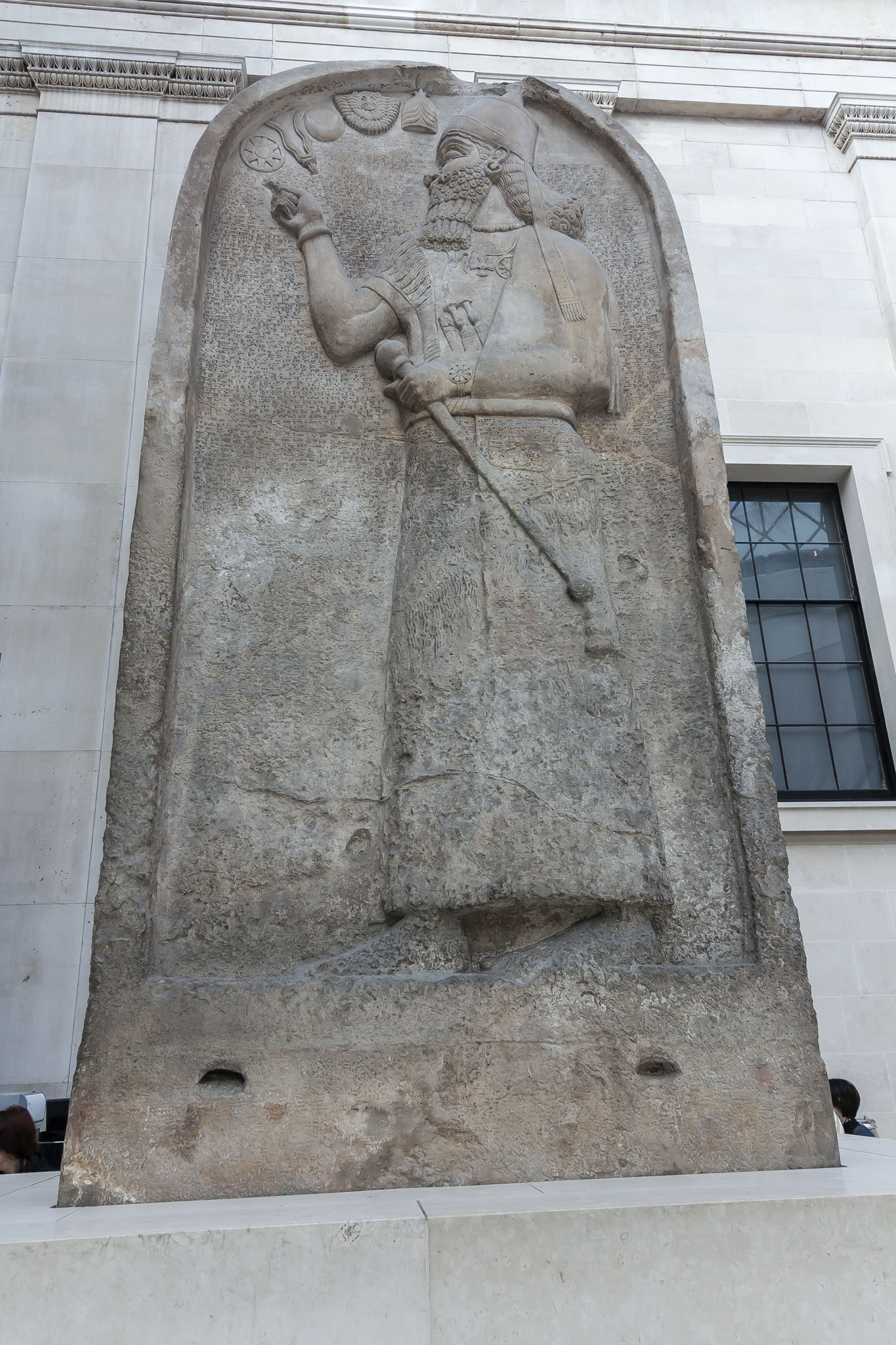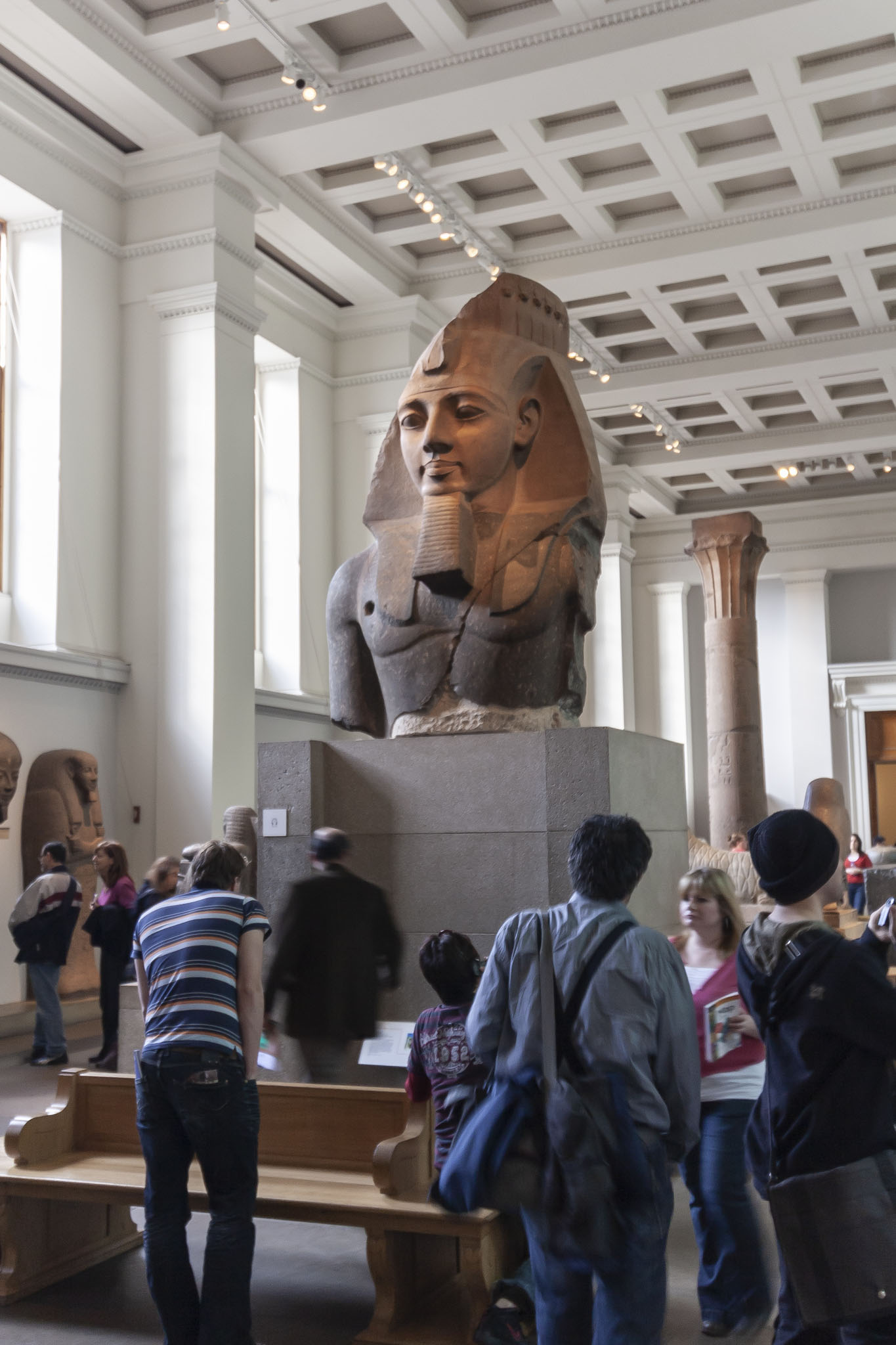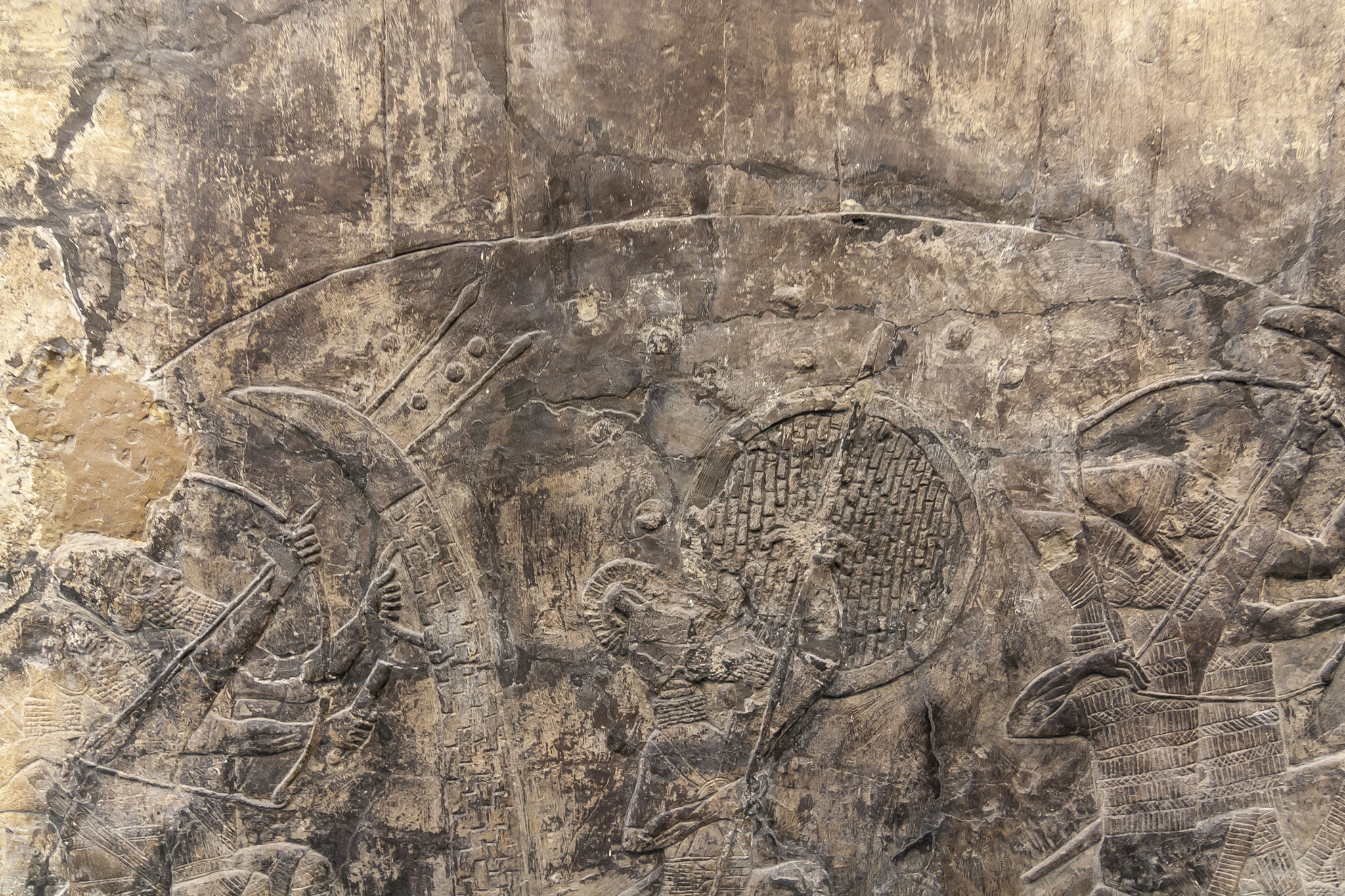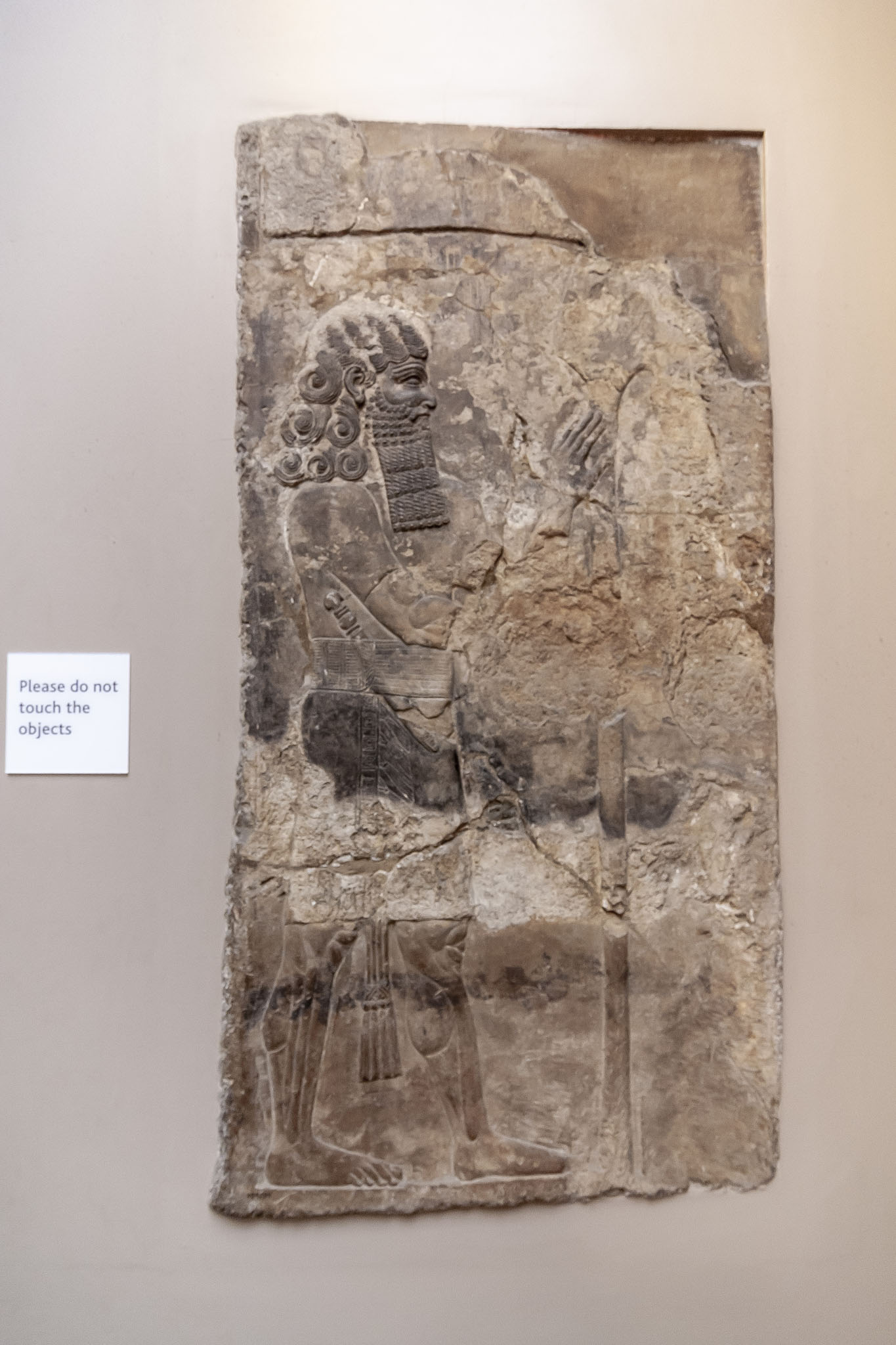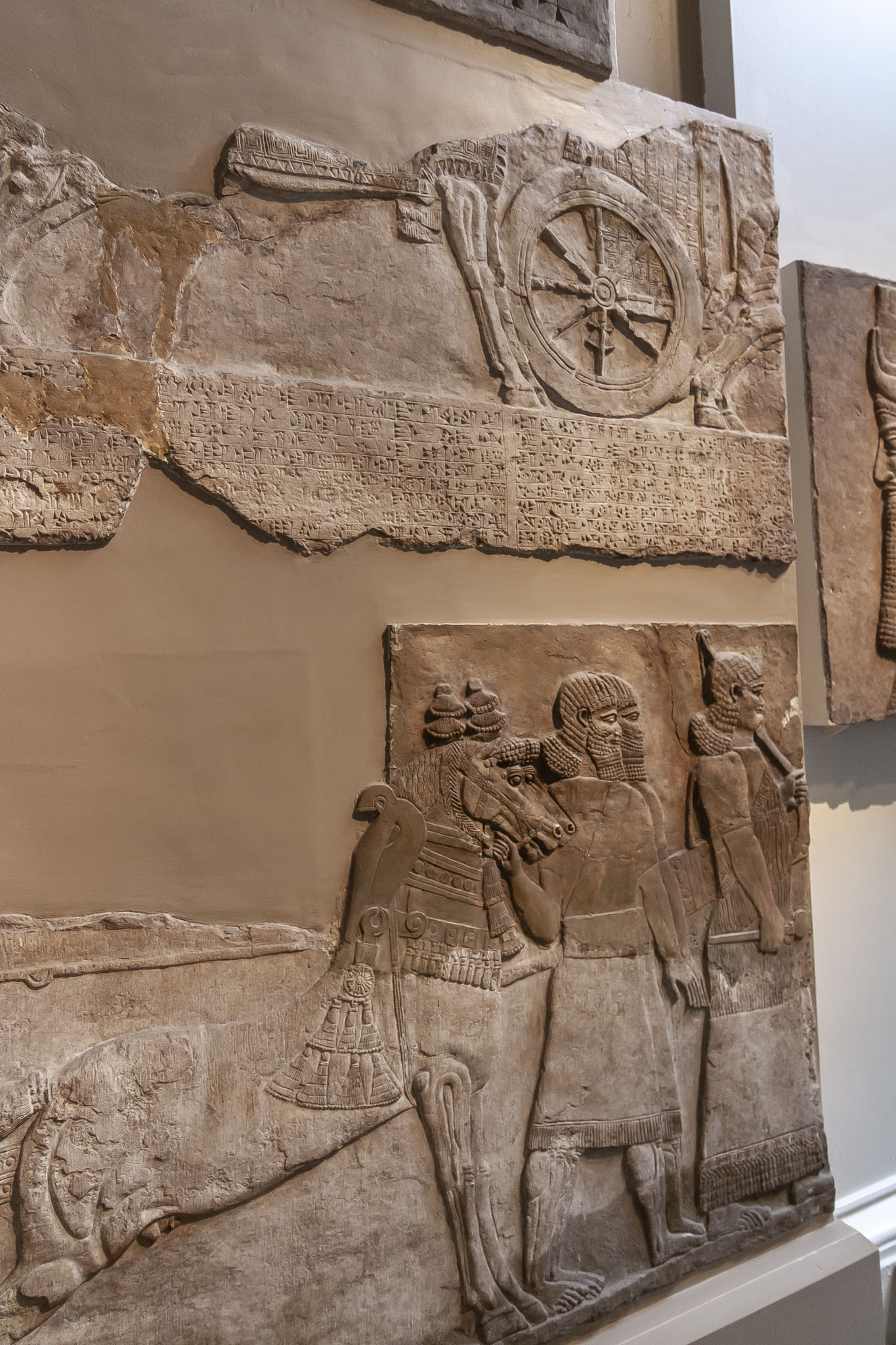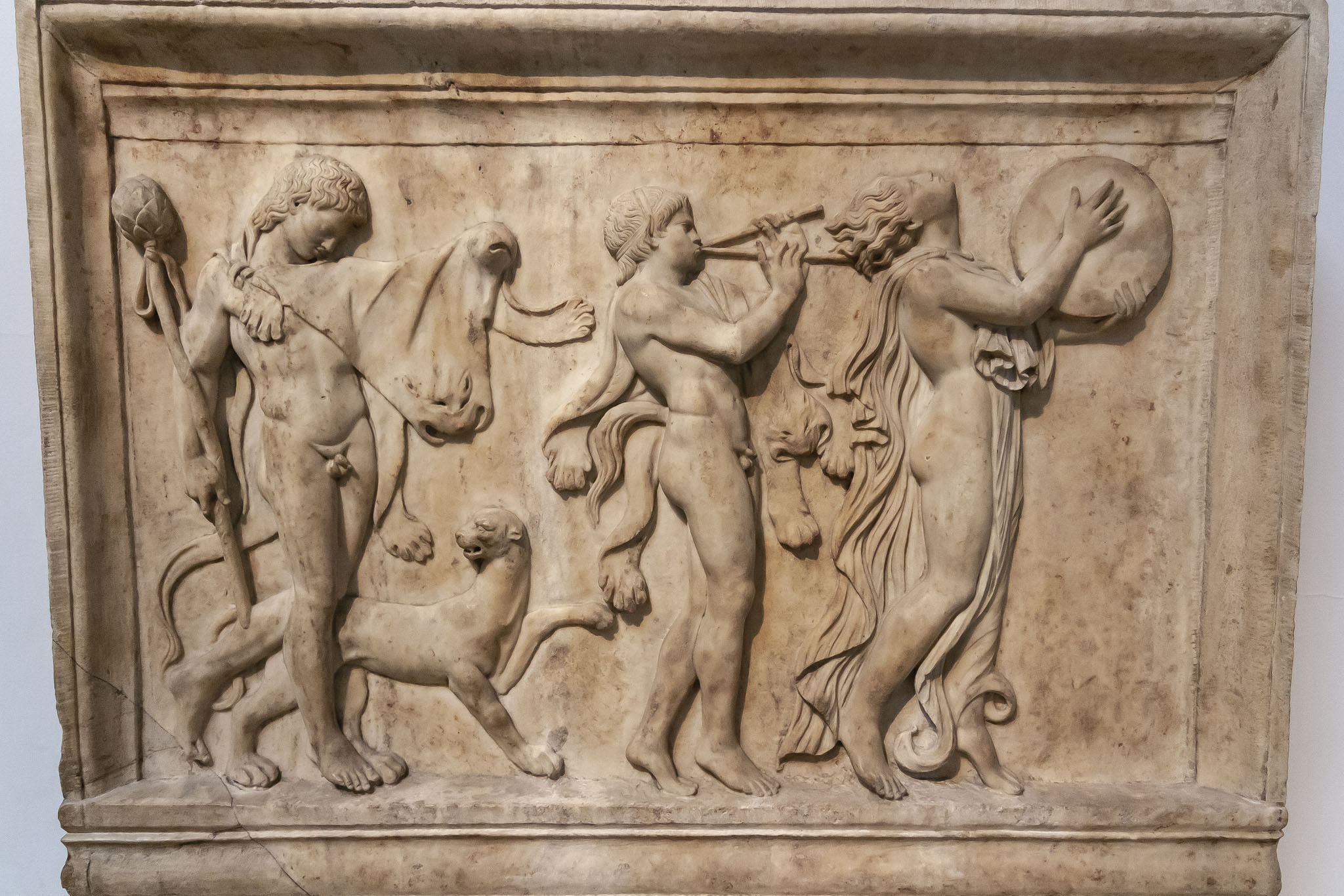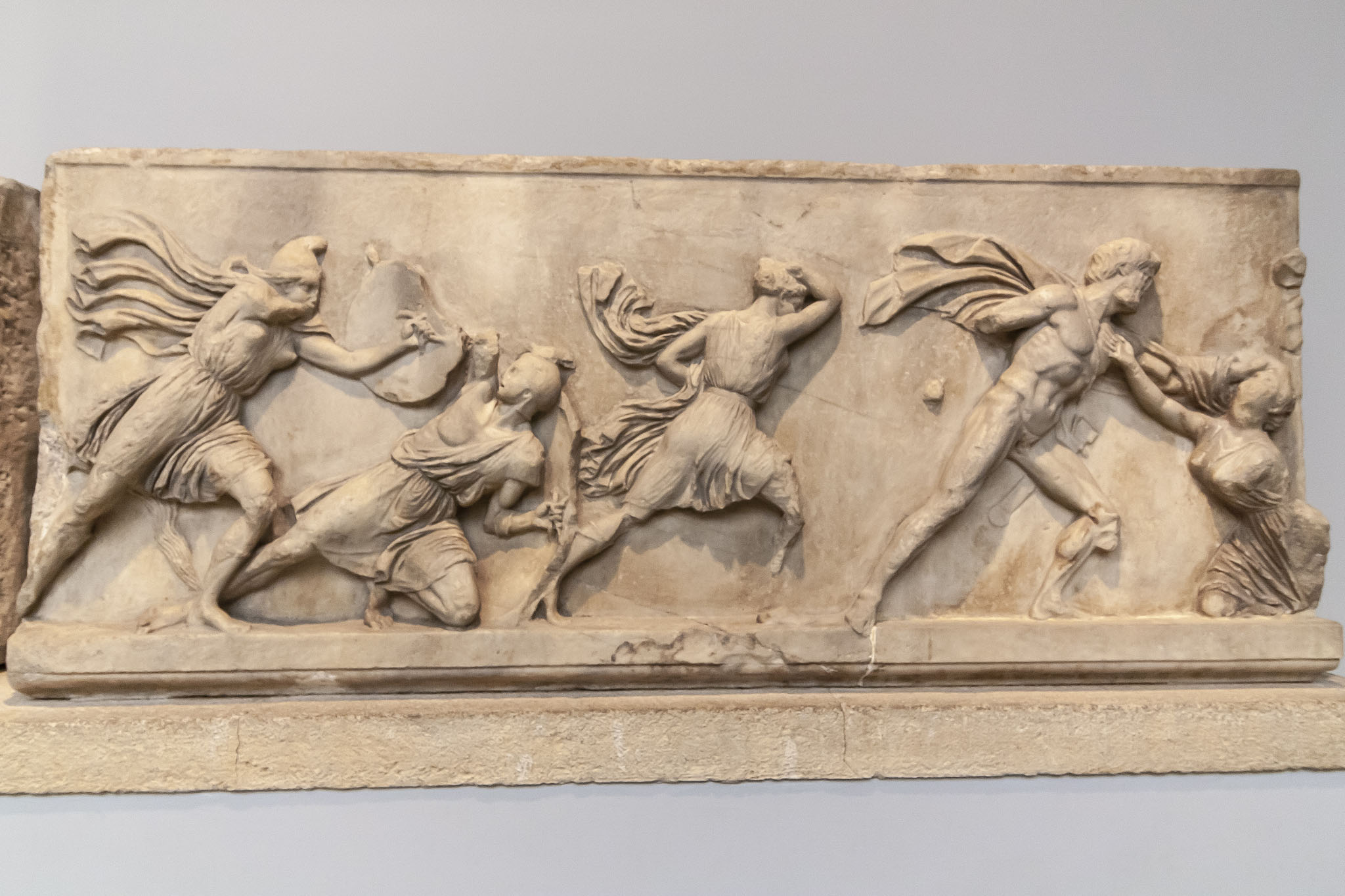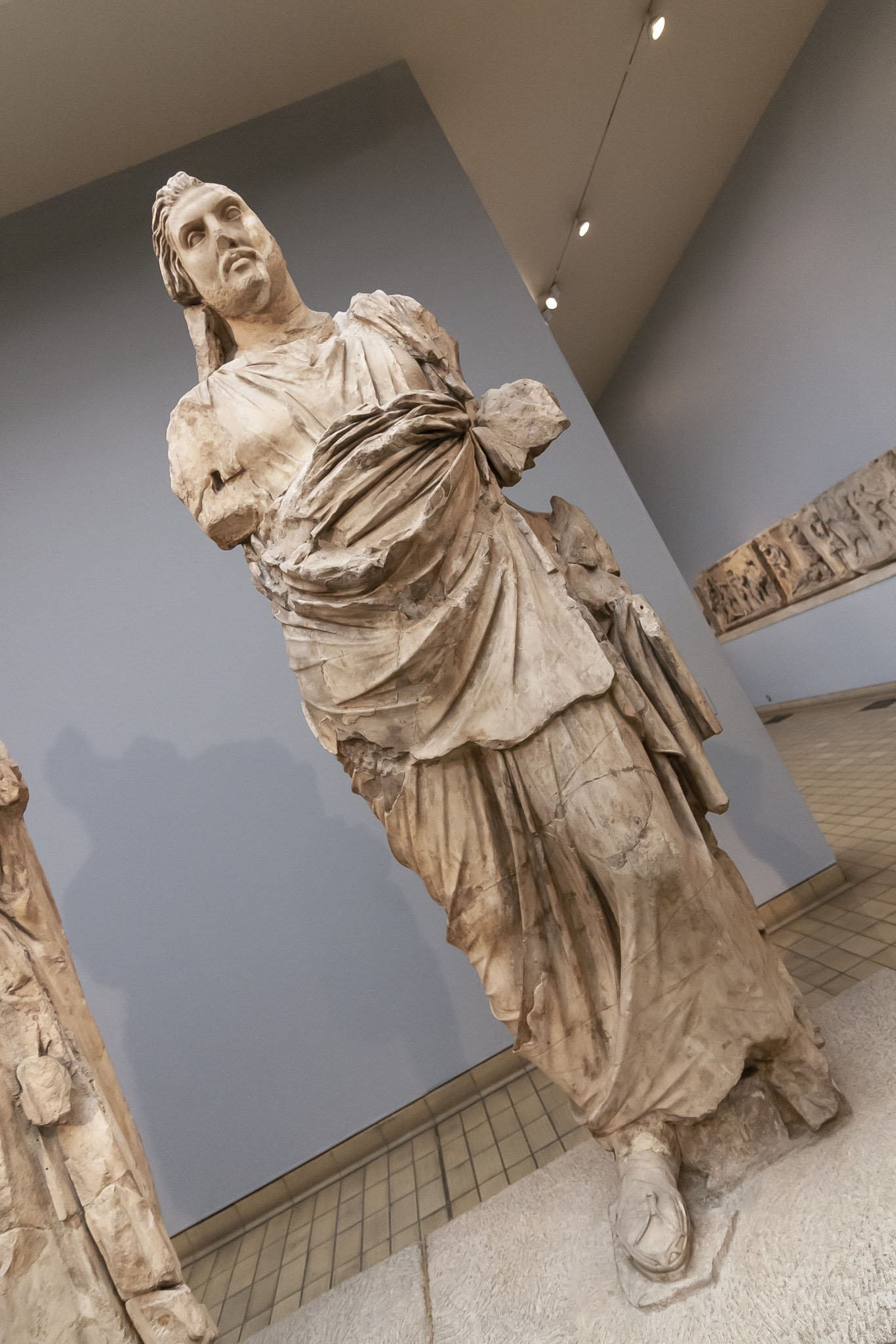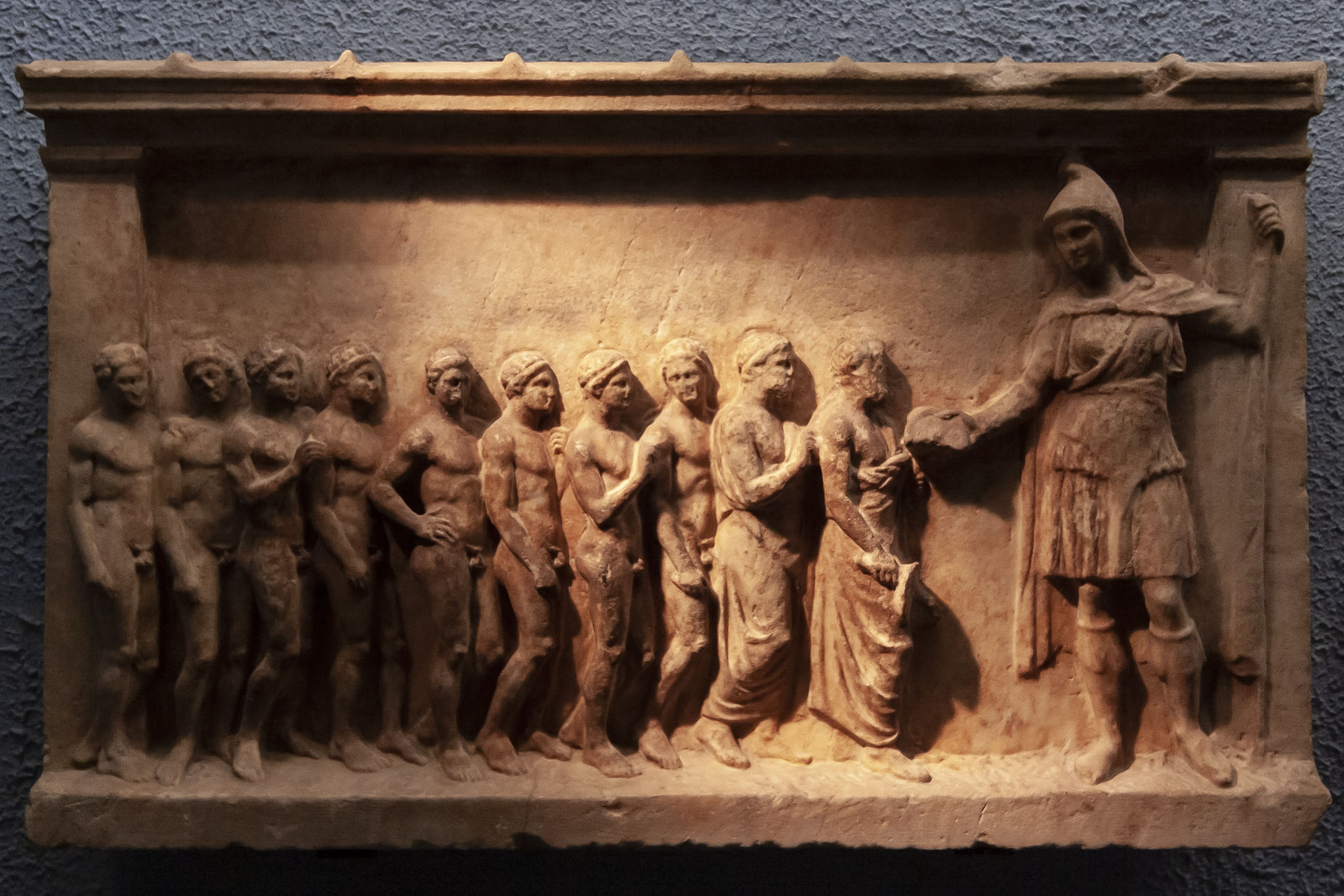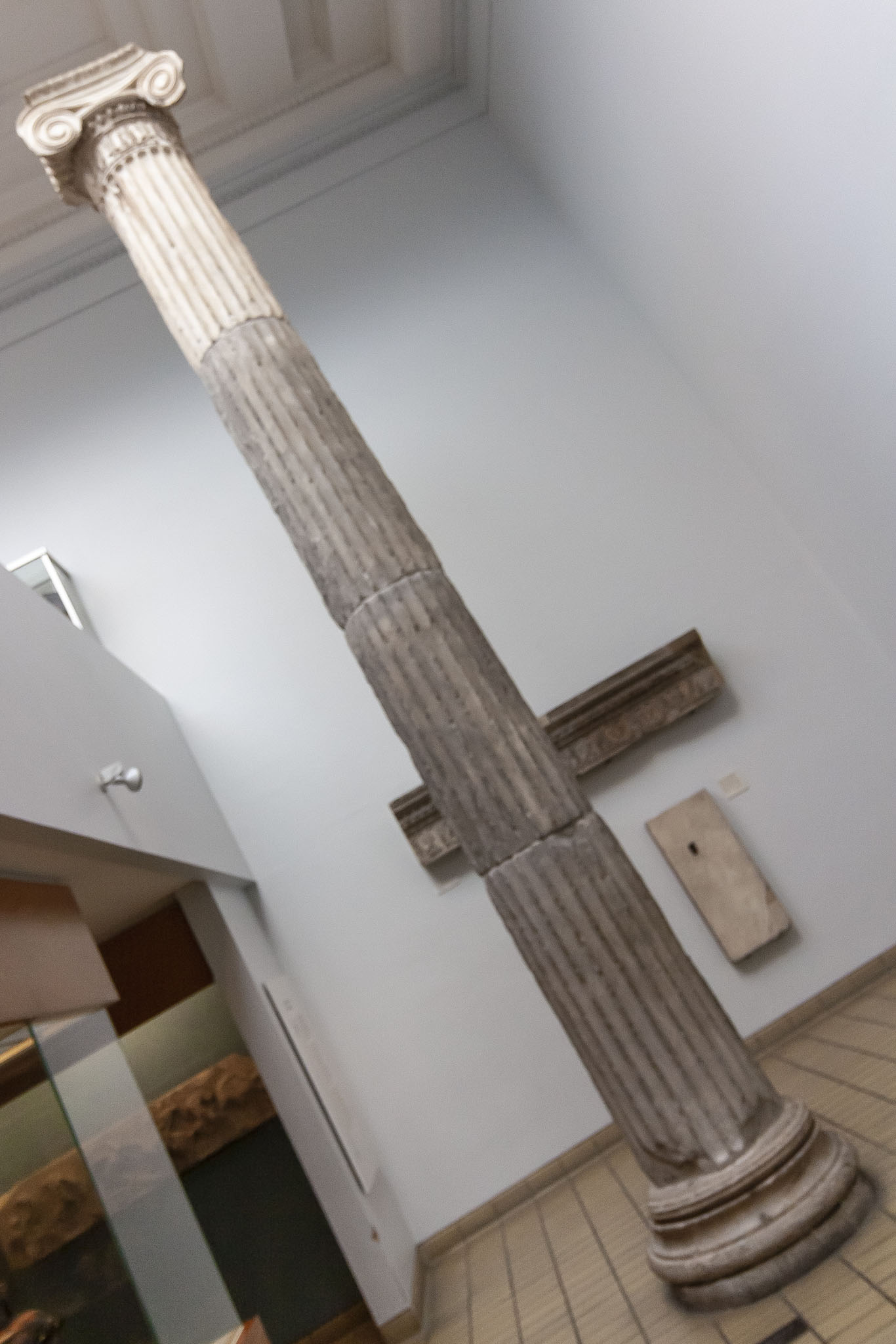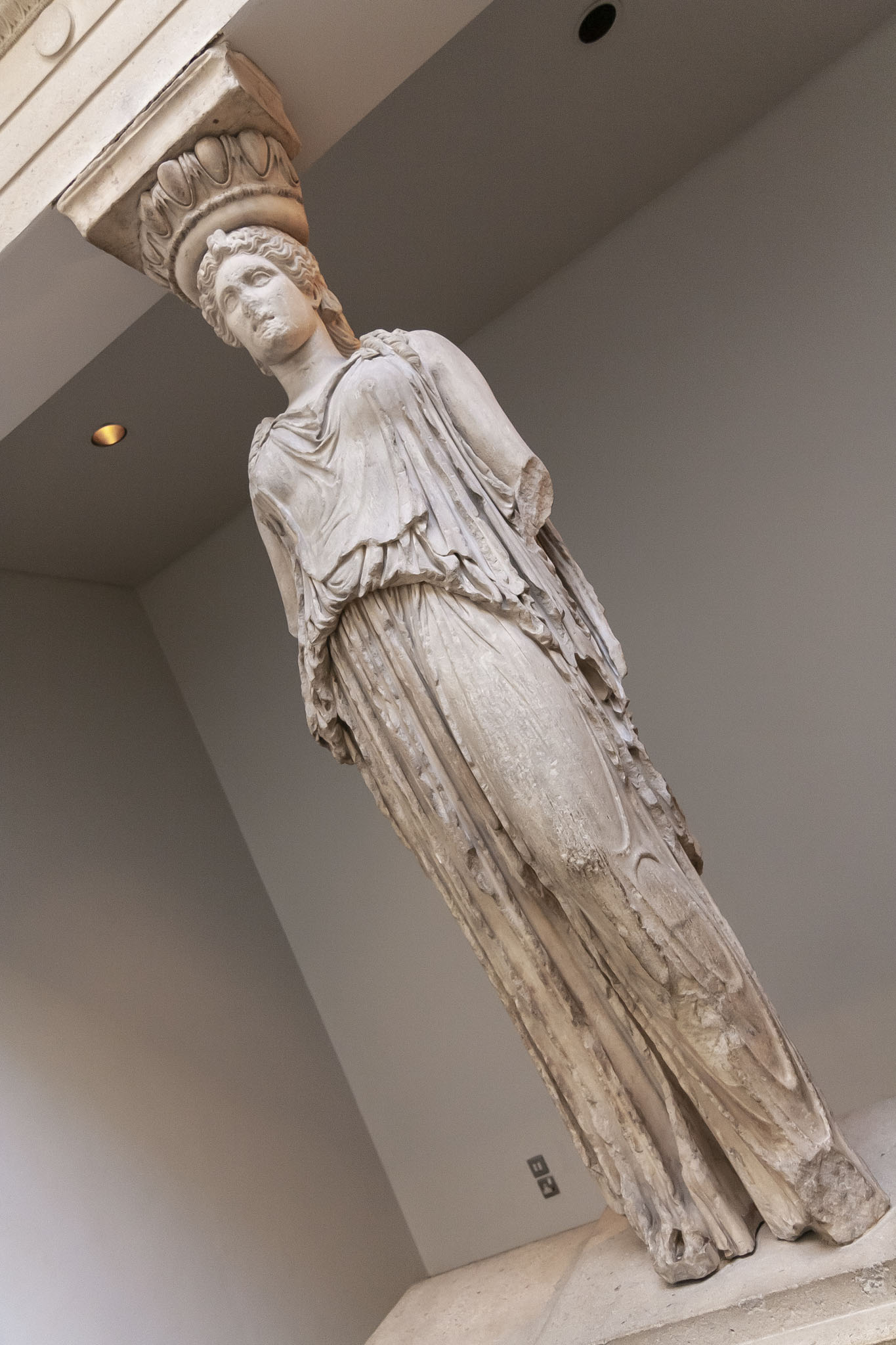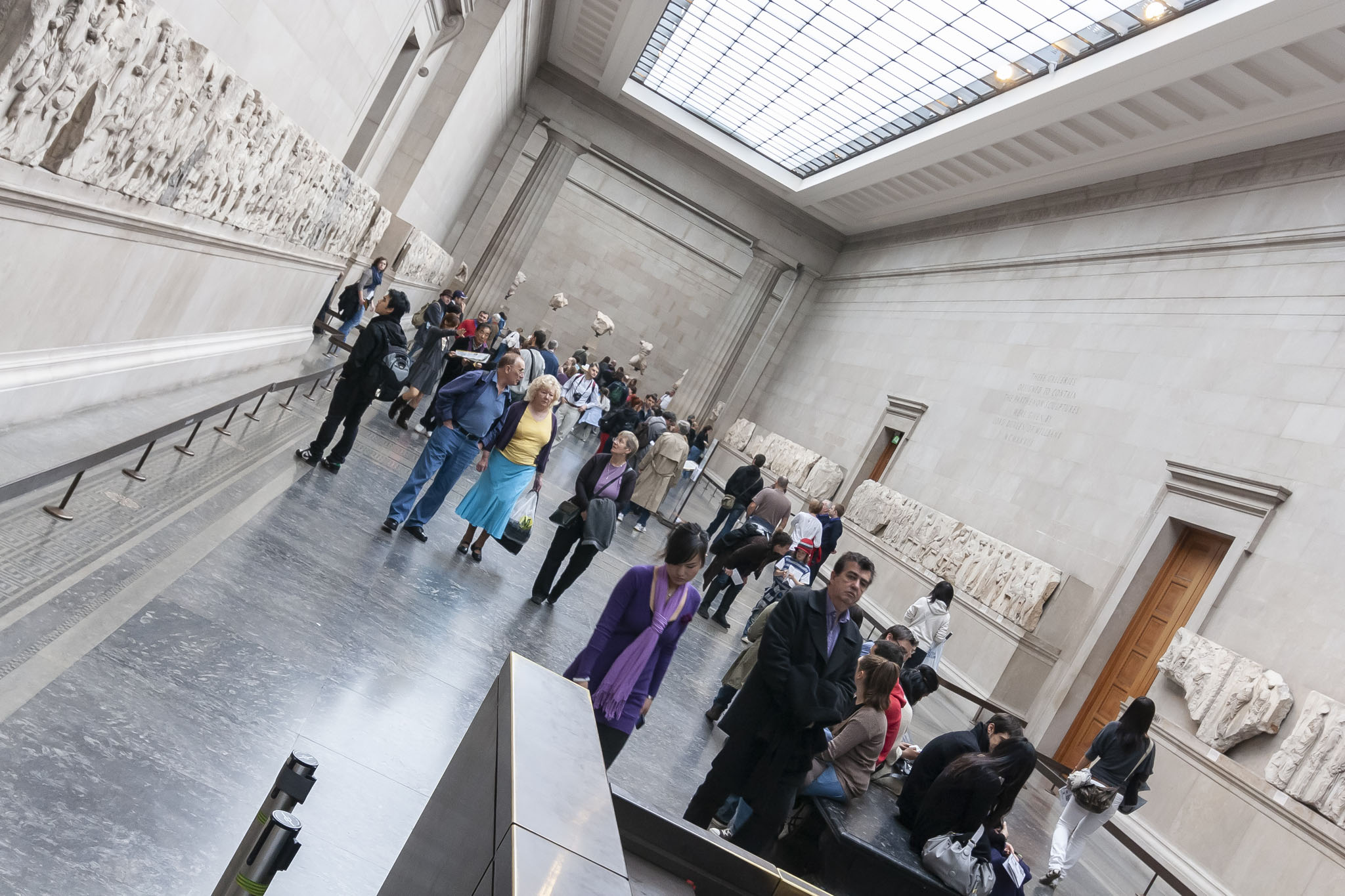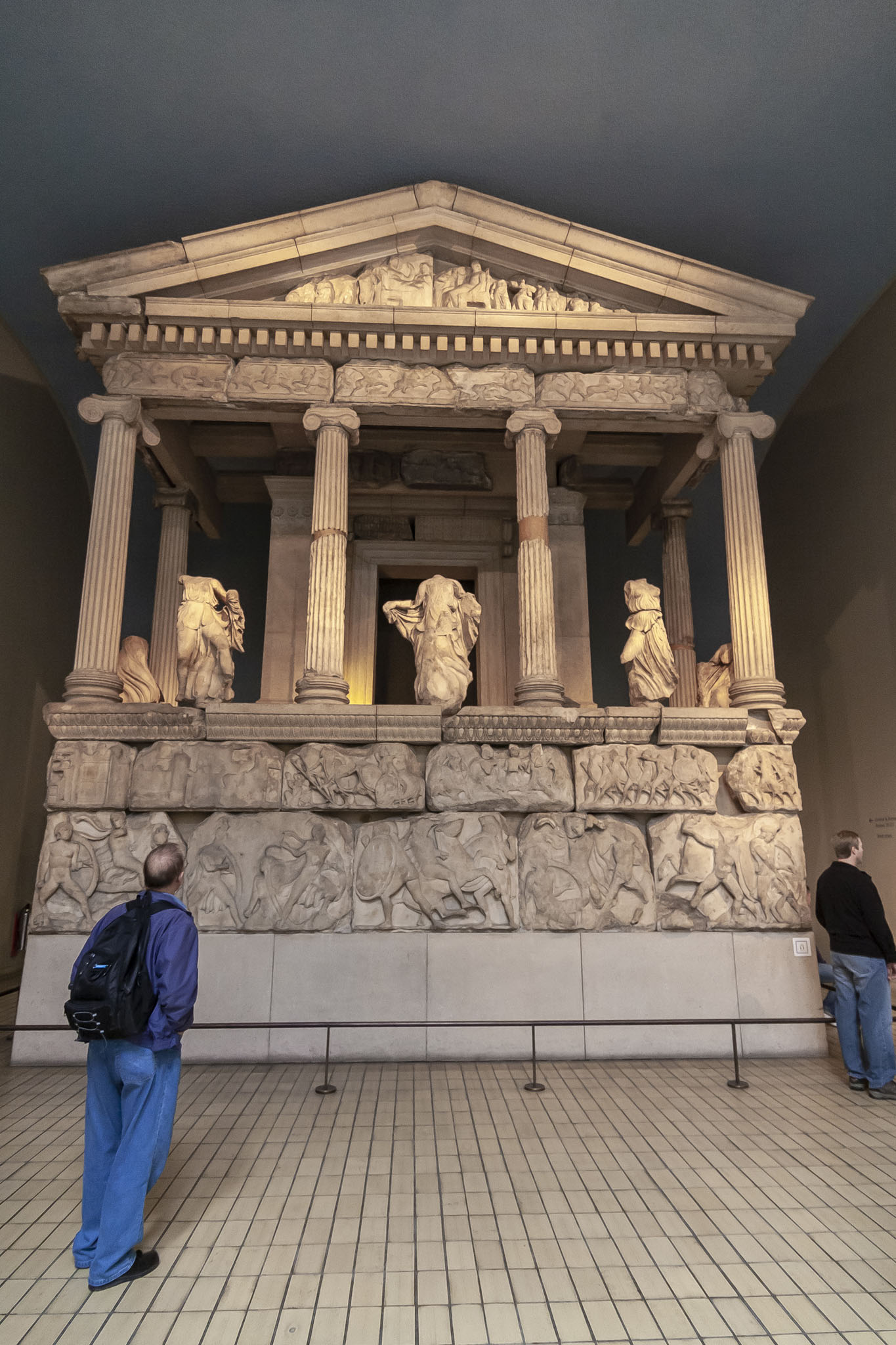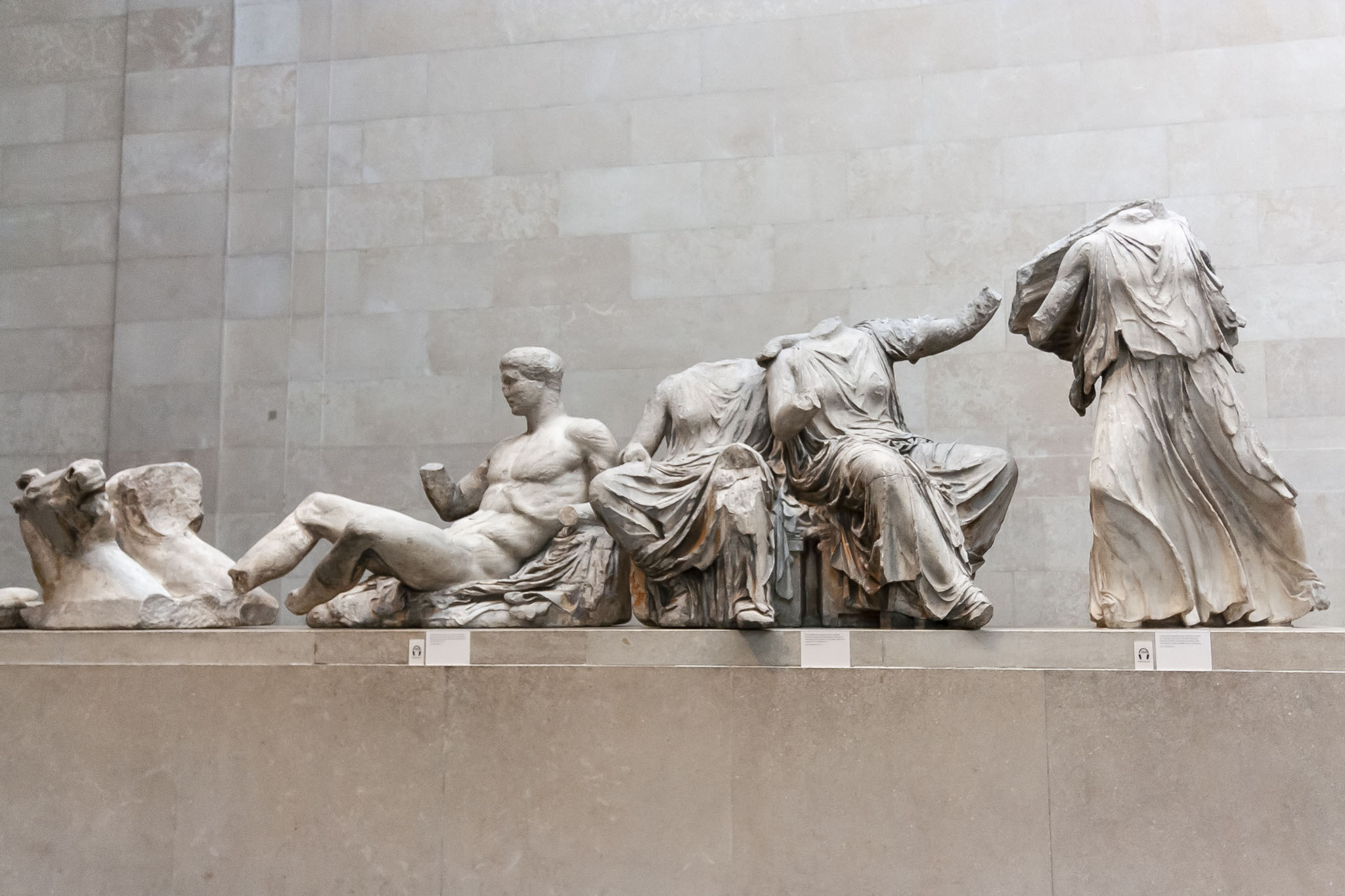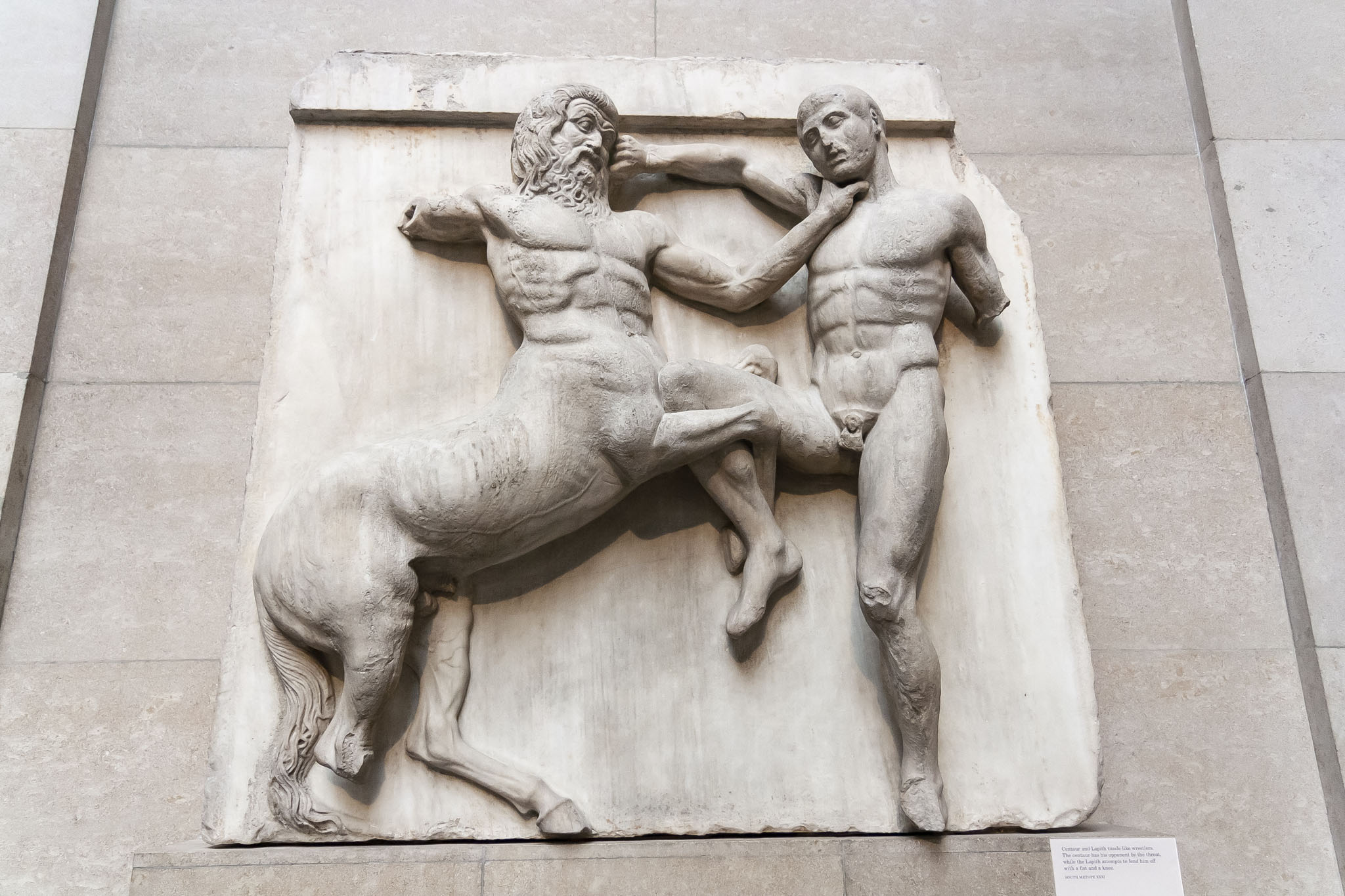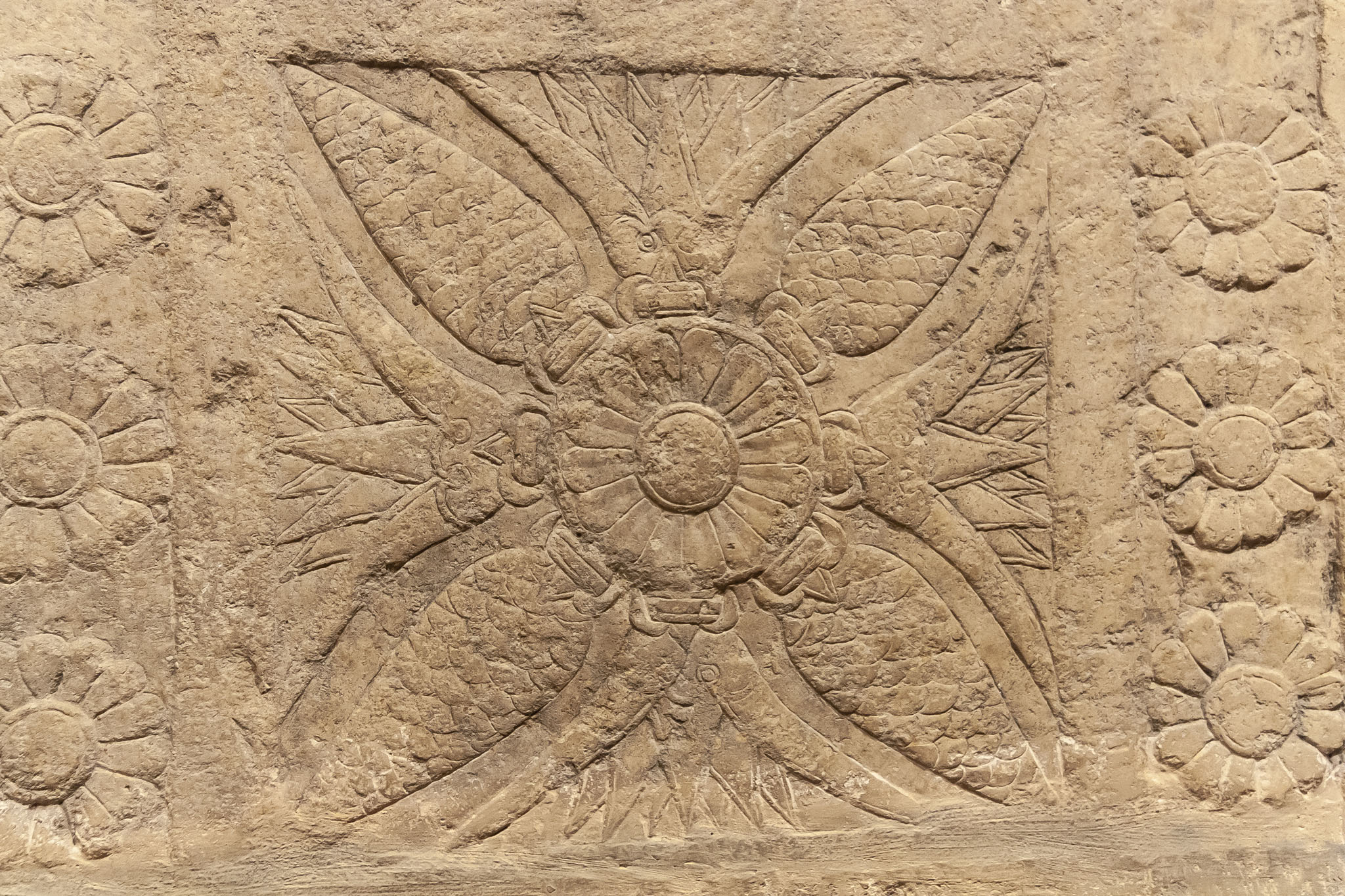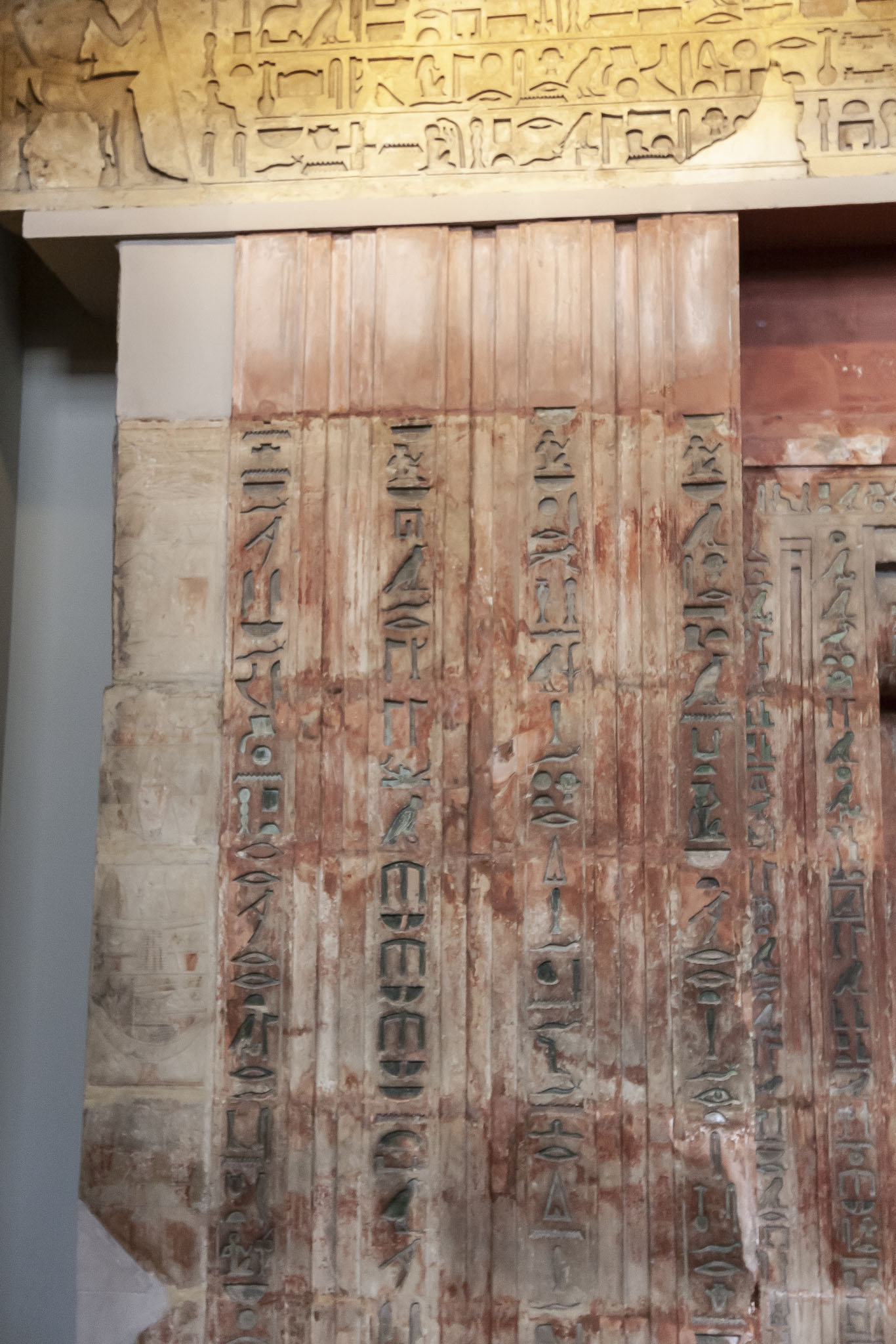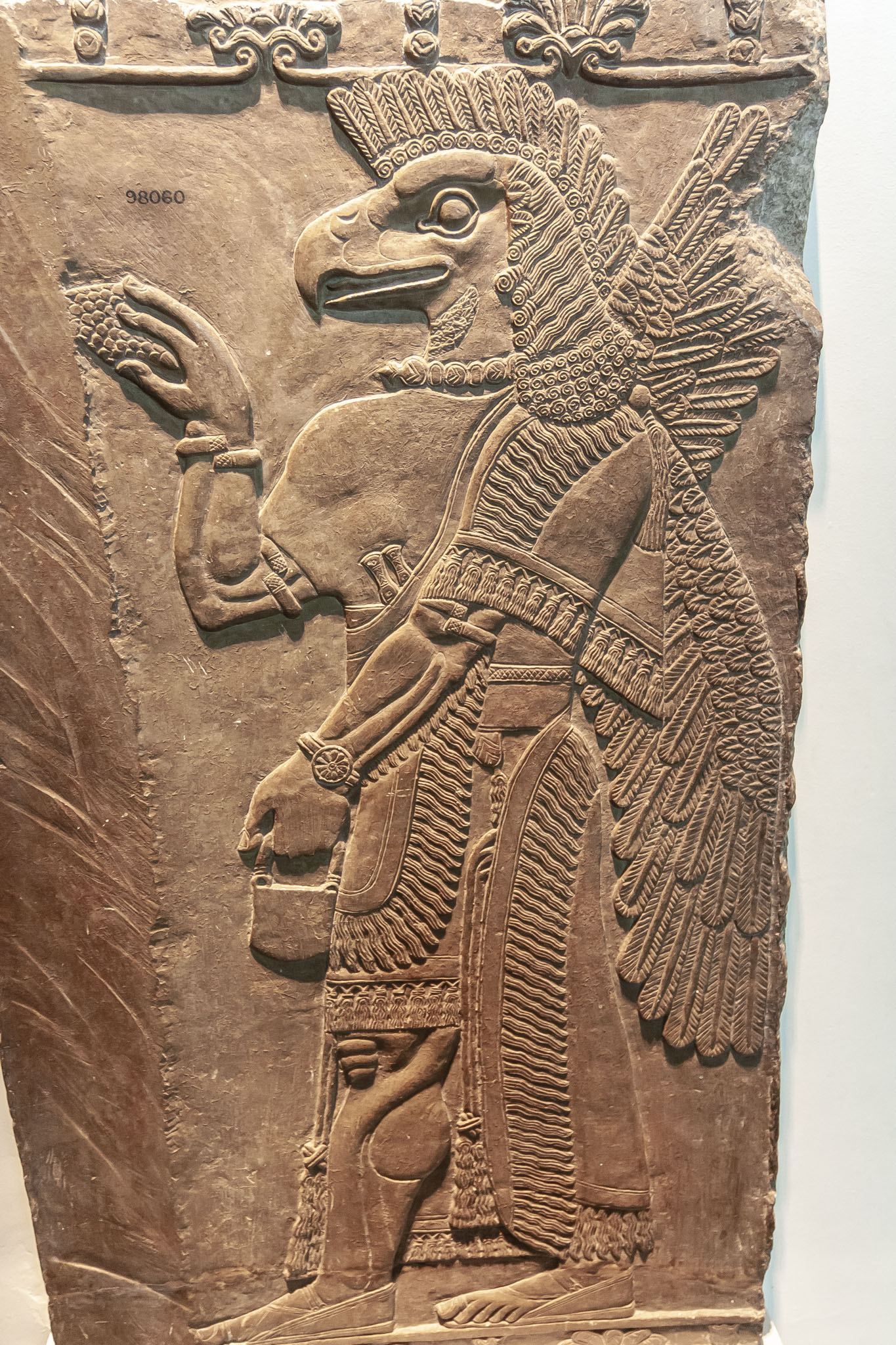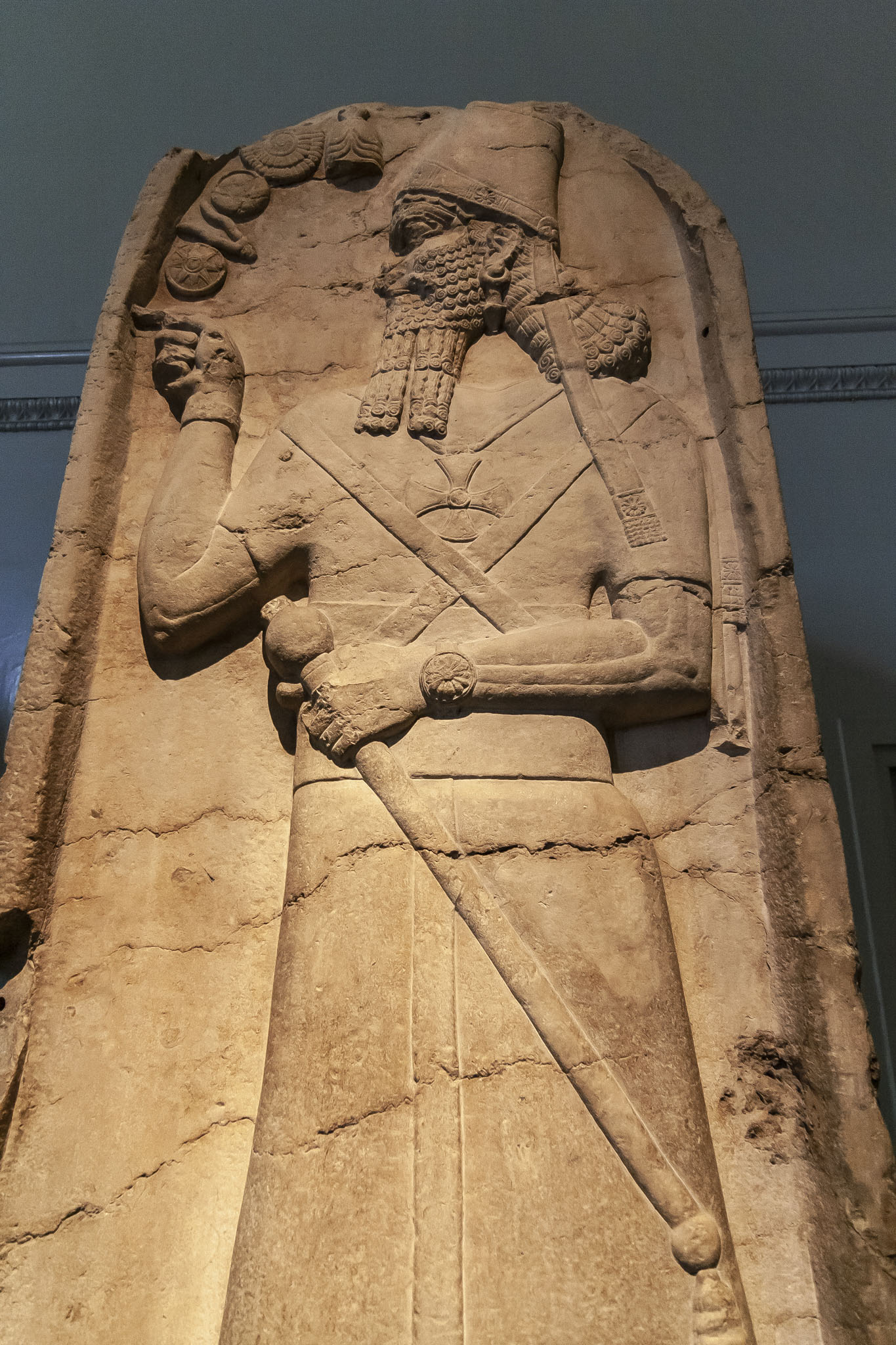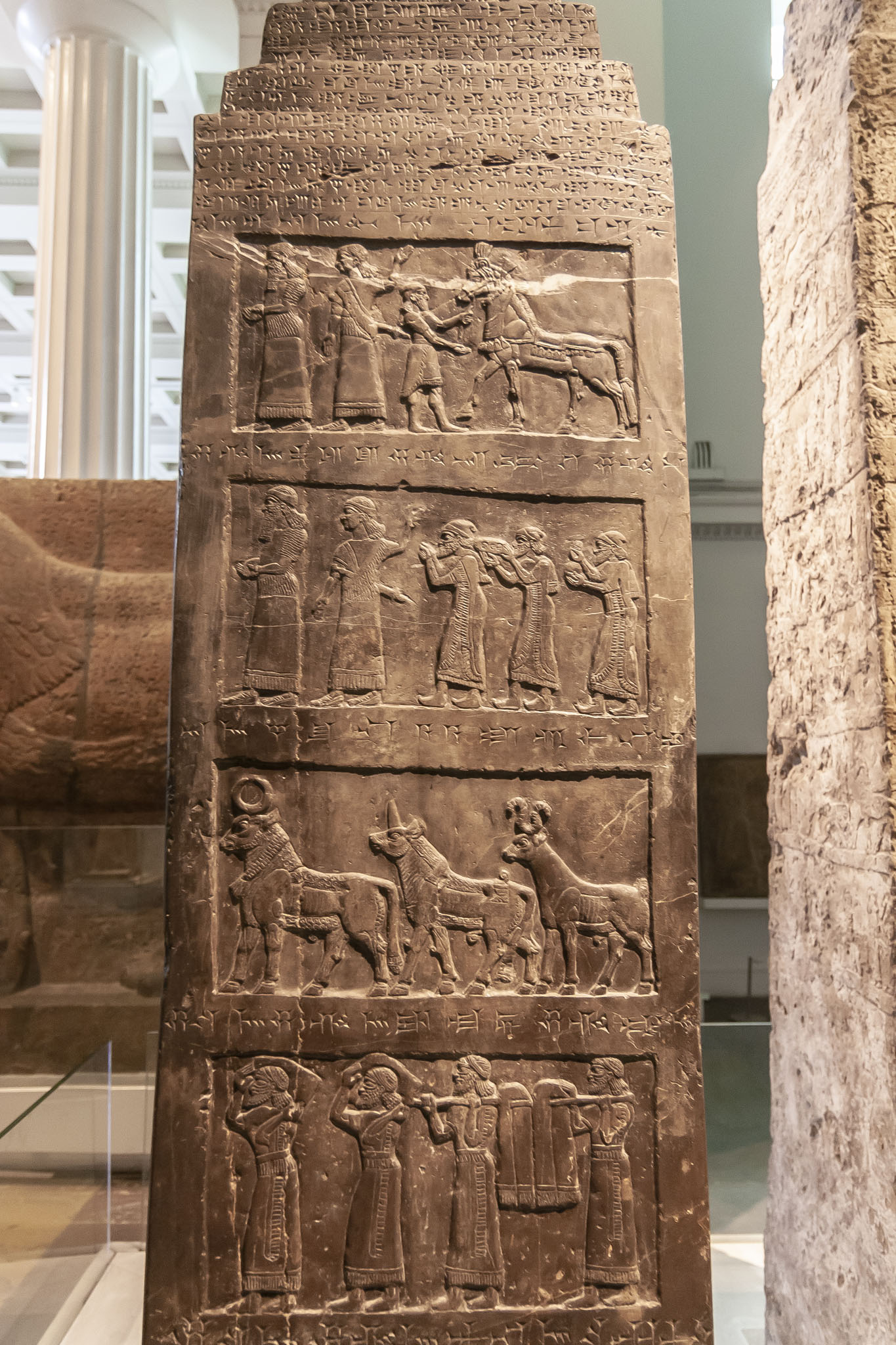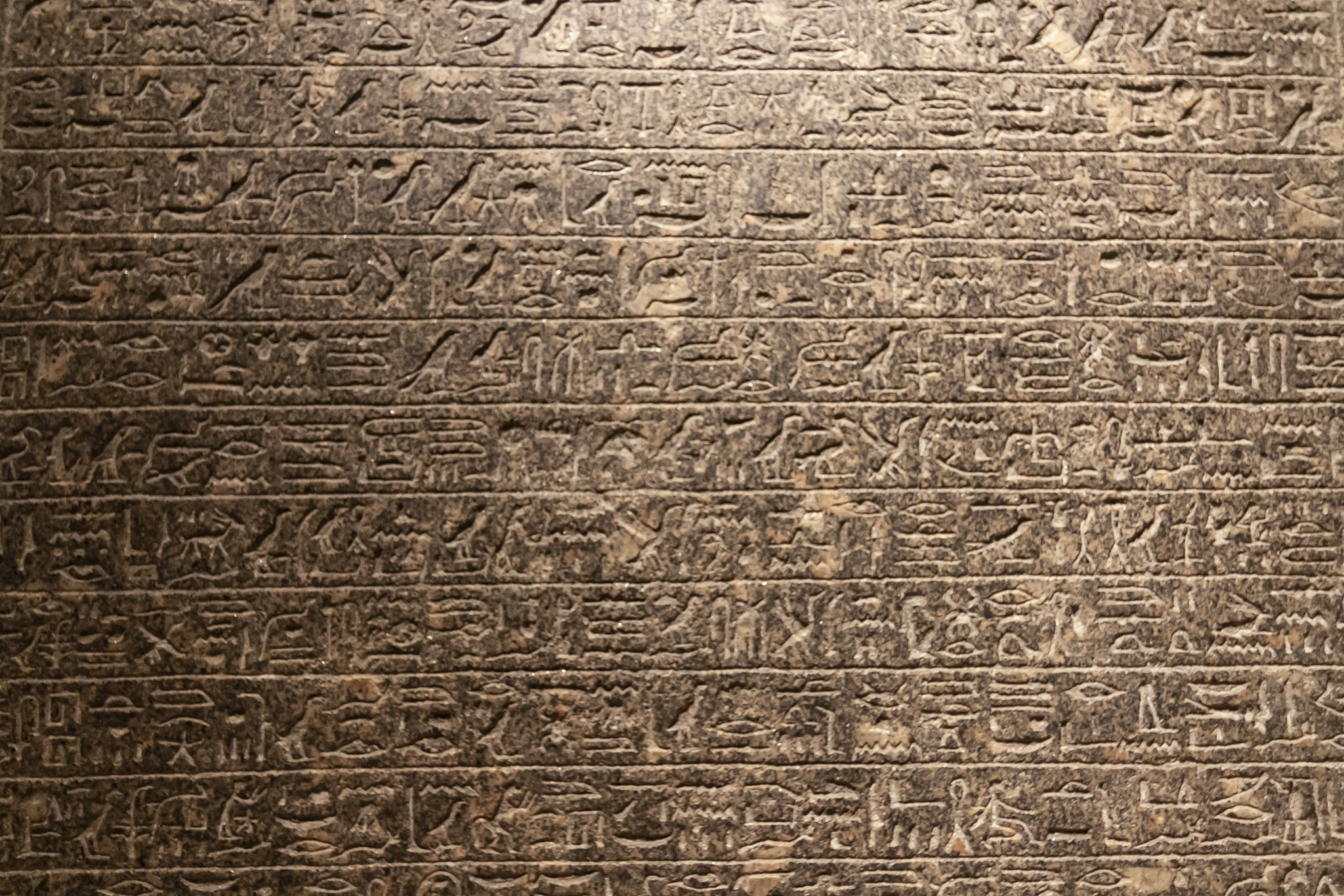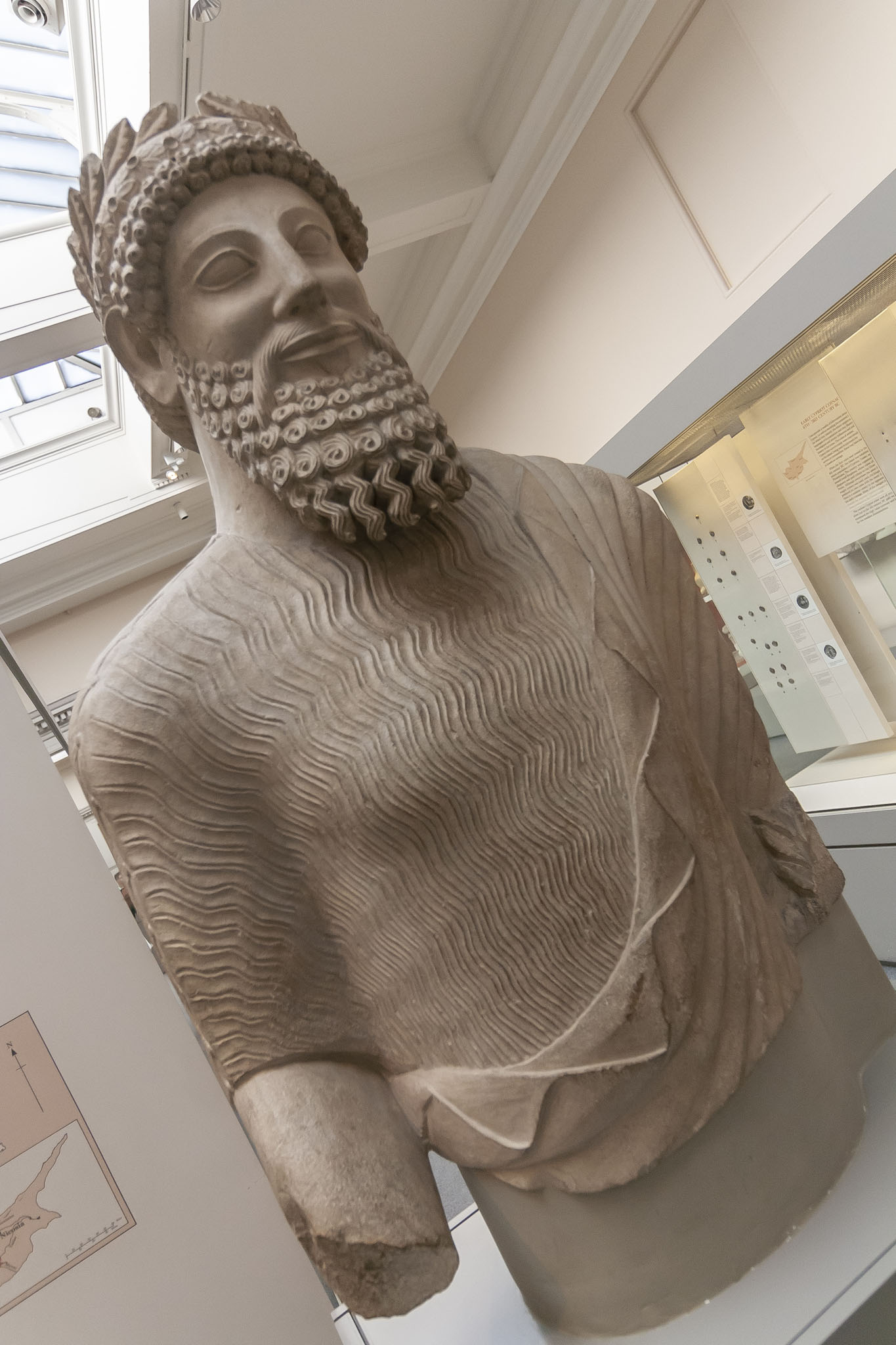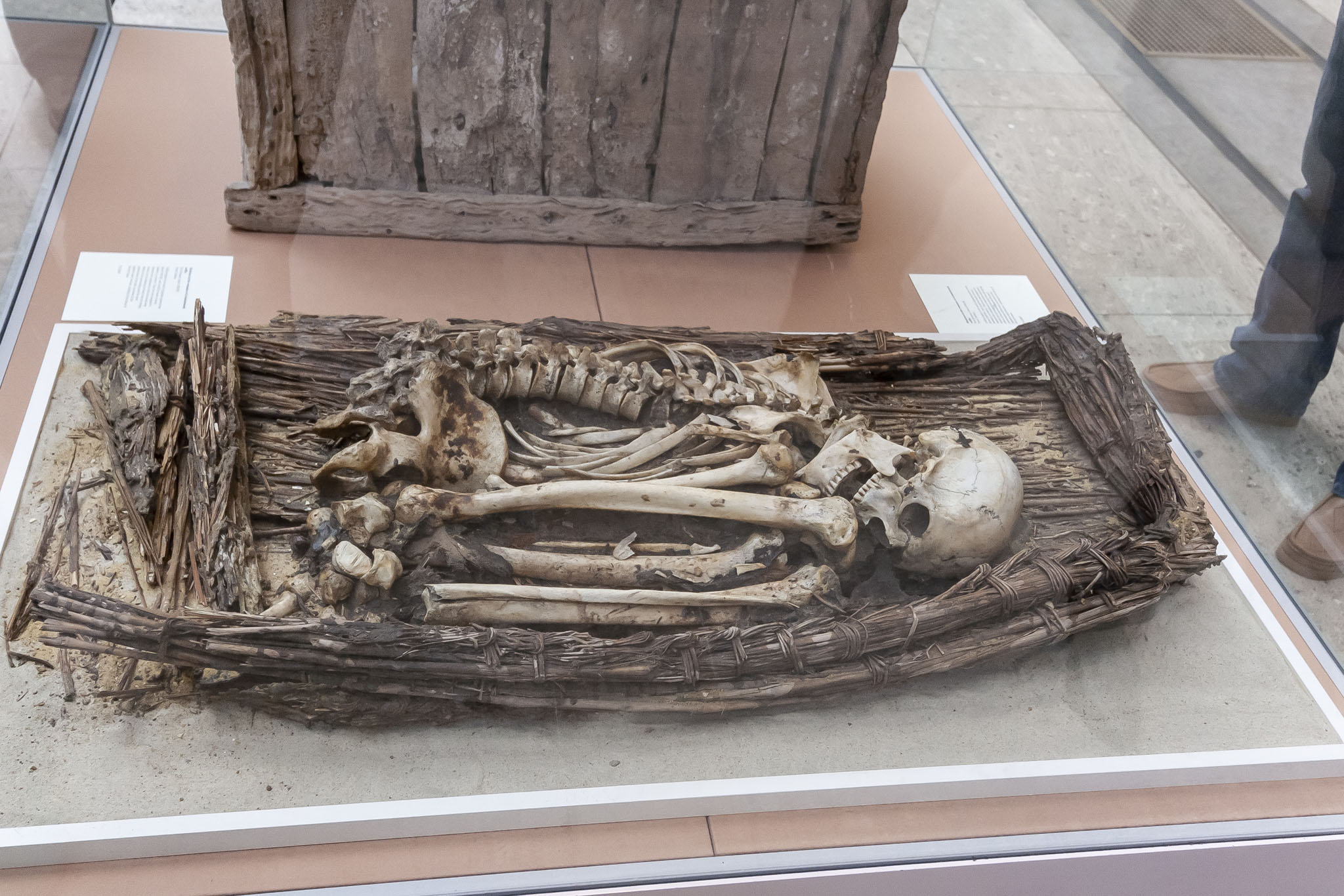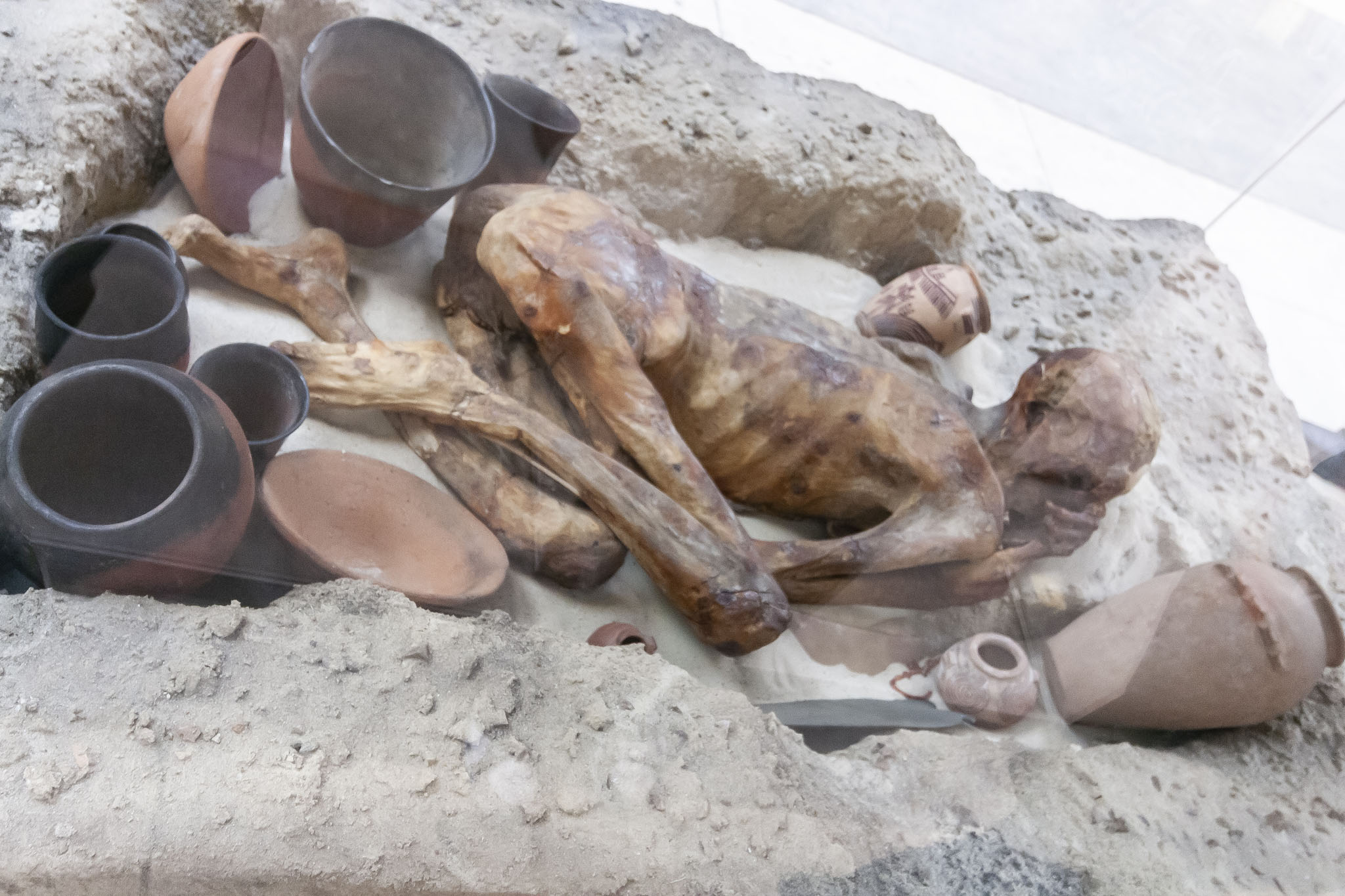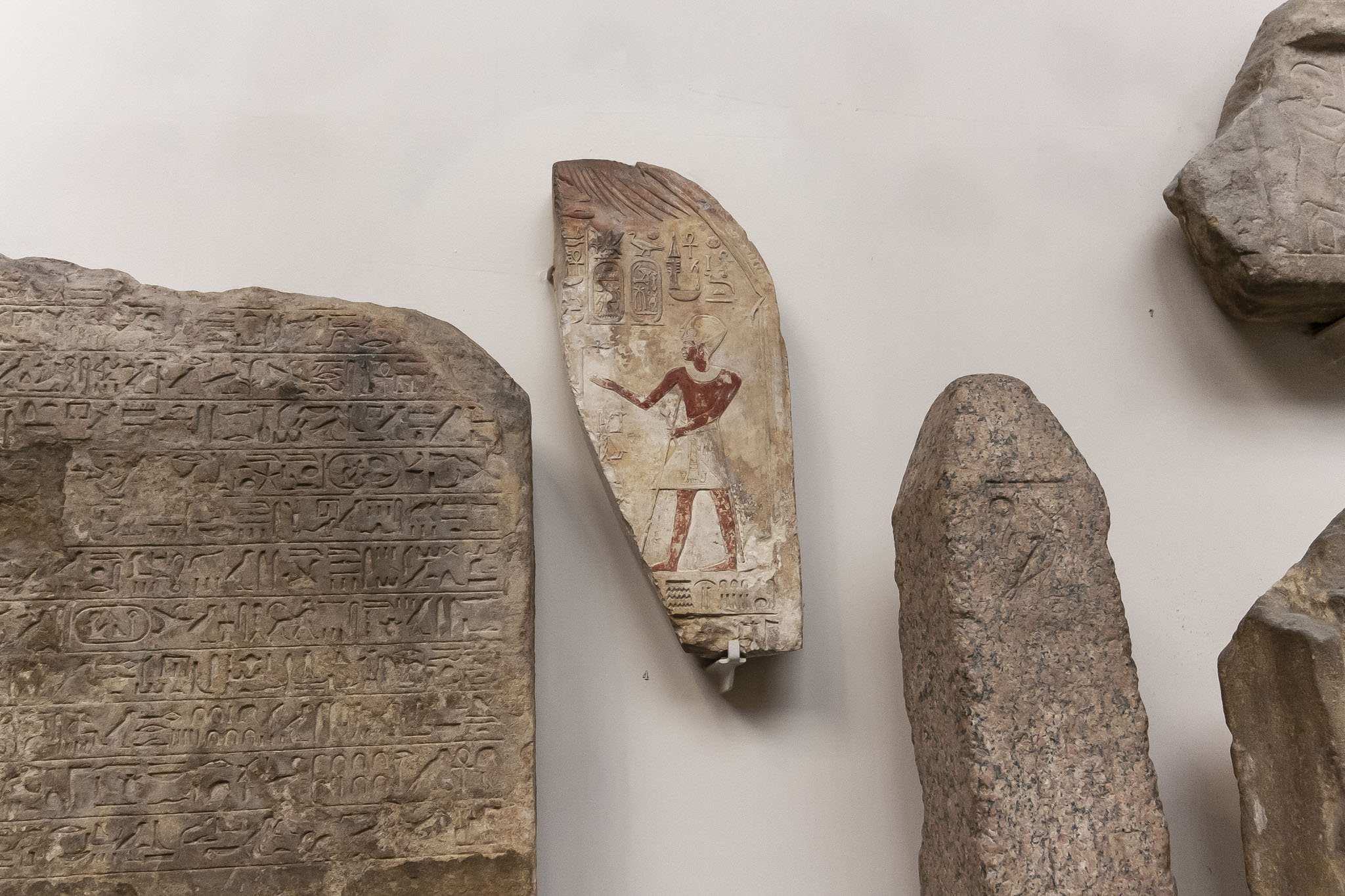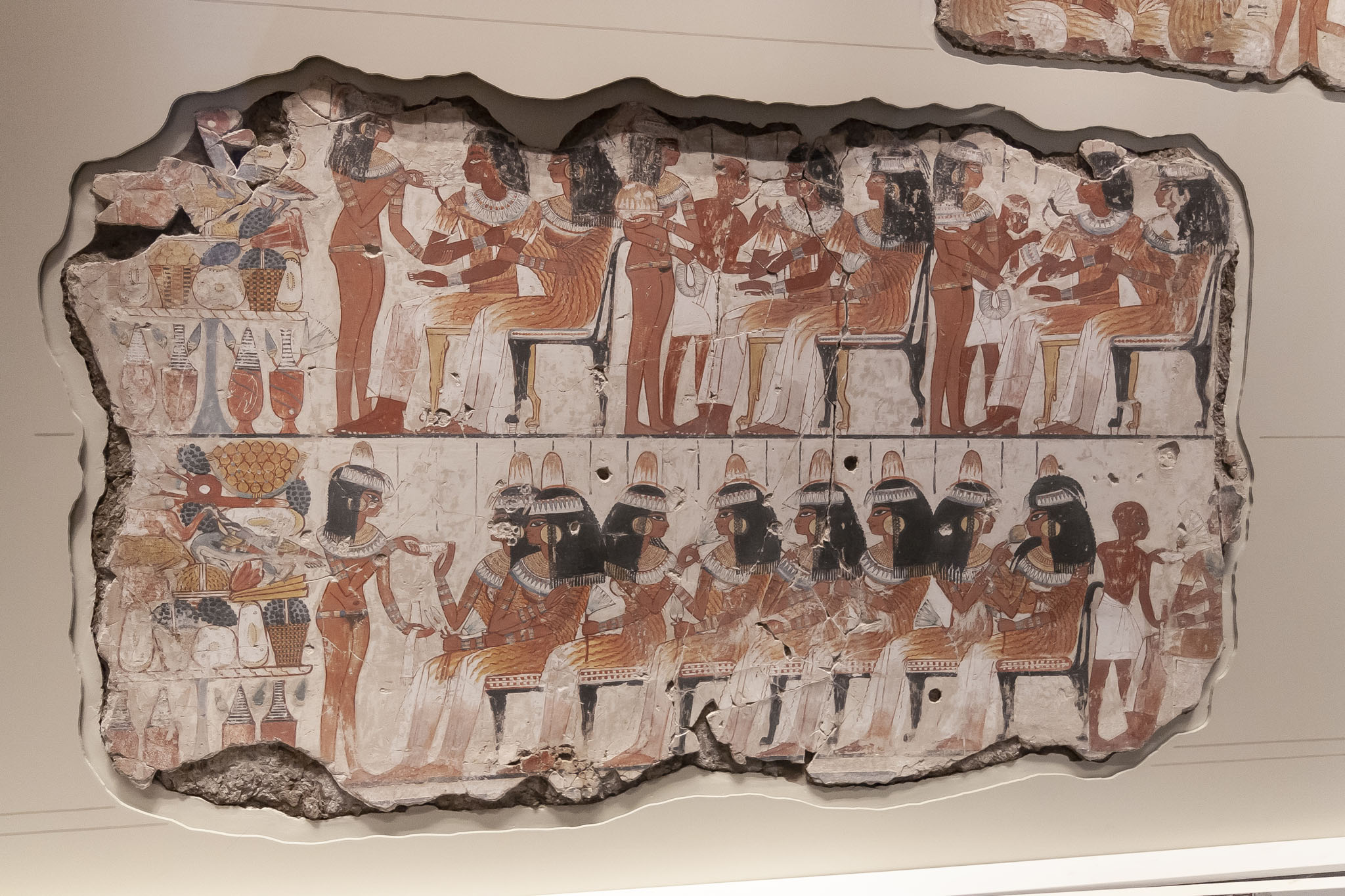October 2009 saw us pay what was becoming an annual visit to London in order to watch another NFL match being hosted at Wembley. In previous years we’d either headed straight up to see the game with perhaps a pub ahead of time or we’d seen what there was to entertain us at the tailgate party taking place outside the stadium before the match started, but this year we thought we’d get a little bit of ancient world culture inside us before some modern, new world culture.
London is more-or-less reachable from our house in just over an hour. Despite the reasonable proximity – an American might even consider things an hour away to be classified as local – we haven’t ever frequented London one tenth as much as we possibly could. I think a large part of that is that the cost of public transport in the UK is horribly expensive and driving up there eliminates the option of stopping for a drink. Regardless, because we don’t visit London very often we haven’t seen a huge amount of it so we’d never been to the British Museum before and this felt like a good chance to see how we liked it.
Briefly looking at the building, since I’m a bit of an architecture-fan, the British Museum was founded in the 1750s but the main, neoclassical structure that people walk around today and that we visited in 2009 is from nearly a century later owing to the need to expand in order to incorporate all the artifacts appropriated from around the world. One of the most distinctive areas inside is the very modern, glass-roofed Queen Elizabeth II Great Court which was designed by Norman Foster and opened to the public in 2000.
Onto the photos from inside the British Museum then. I didn’t take too many photos (for me) and only a few have any people in the picture but some areas were really quite busy when we visited. A fond memory of this side-trip was the number of other American Football fans present also taking a look around; like us, they were easily identified by the NFL jerseys they were wearing. See, you can be interested in history and in sports.
Let me point out that these were taken with my first DSLR and using a cheapish zoom lens. The sharpness in photos I tend to like today isn’t there because the glass quality was only average and I wasn’t quite as used to taking lighting conditions into account and adjusting ISO accordingly quite as much as I do now. Also, I will have limited information about the items on display in the museum that I took pictures of because this all happened quite a while ago and we had in total around 90 minutes visiting the British Museum which, it turned out, was about two days short of what we really could have done with. But you’re only really here for the pictures anyway, so let’s take a quick look around.
The column below on the left originally came from the Acropolis in Athens, from the Erechtheion rather than the Parthenon. The female figure column to the right is a Caryatid from the same building. Both were taken by Lord Elgin and later sold to the British Museum. Beneath the two columns is a photo of the infamous Elgin Marbles. Less spherical and glassy than you might imagine.
The Nereid Monument is a tomb believed to have been built around 390 BCE in Lycia, part of the first Persian empire. Its name is derived from the statues between the columns which it’s assumed are nereids (sea nymphs).
There were loads of foreign visitors in the British Museum which was great to see and hear. I recall some French girls talking excitedly around the skeleton and mummified body.
We were very impressed with the quality of some of the Egyptian artwork and how well-preserved the colours were, but it’s understandable that a place like the British Museum is able to source some of the best pieces in the world.
I’ve steered clear of any talk of colonialism and taking things that don’t belong – as the saying goes: opinions are like arseholes; everyone’s got one – and will instead focus on the indisputable fact that the British Museum is an incredible place and rightly regarded as one of the best museums in the world. We didn’t have nearly as long here as we needed and we’d truly want to dedicate the best part of a day to do it any real justice before museum fatigue overcame us.
We did say in 2009 that we’d really need to return despite our aversion to travelling up to London but we haven’t done so yet at the time of writing. Should international travel still prove to be problematic over the next year but things in the UK open up a bit more in the wake of mass-vaccination then a long weekend break to London might yet be in the reckoning – that’s another one of those soft plans floating around our heads – and a revisit to this fabulous place will almost certainly occur should that happen.
